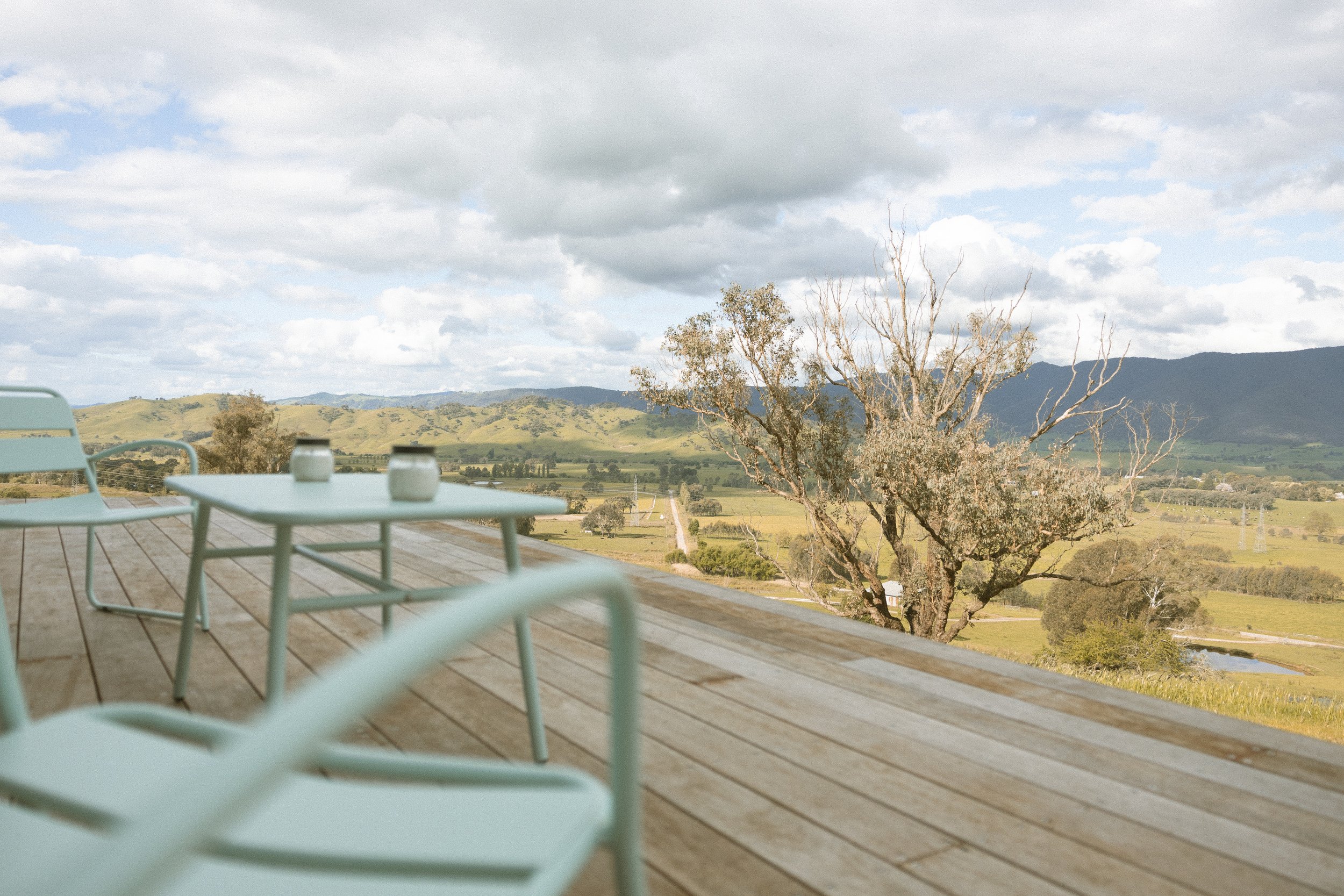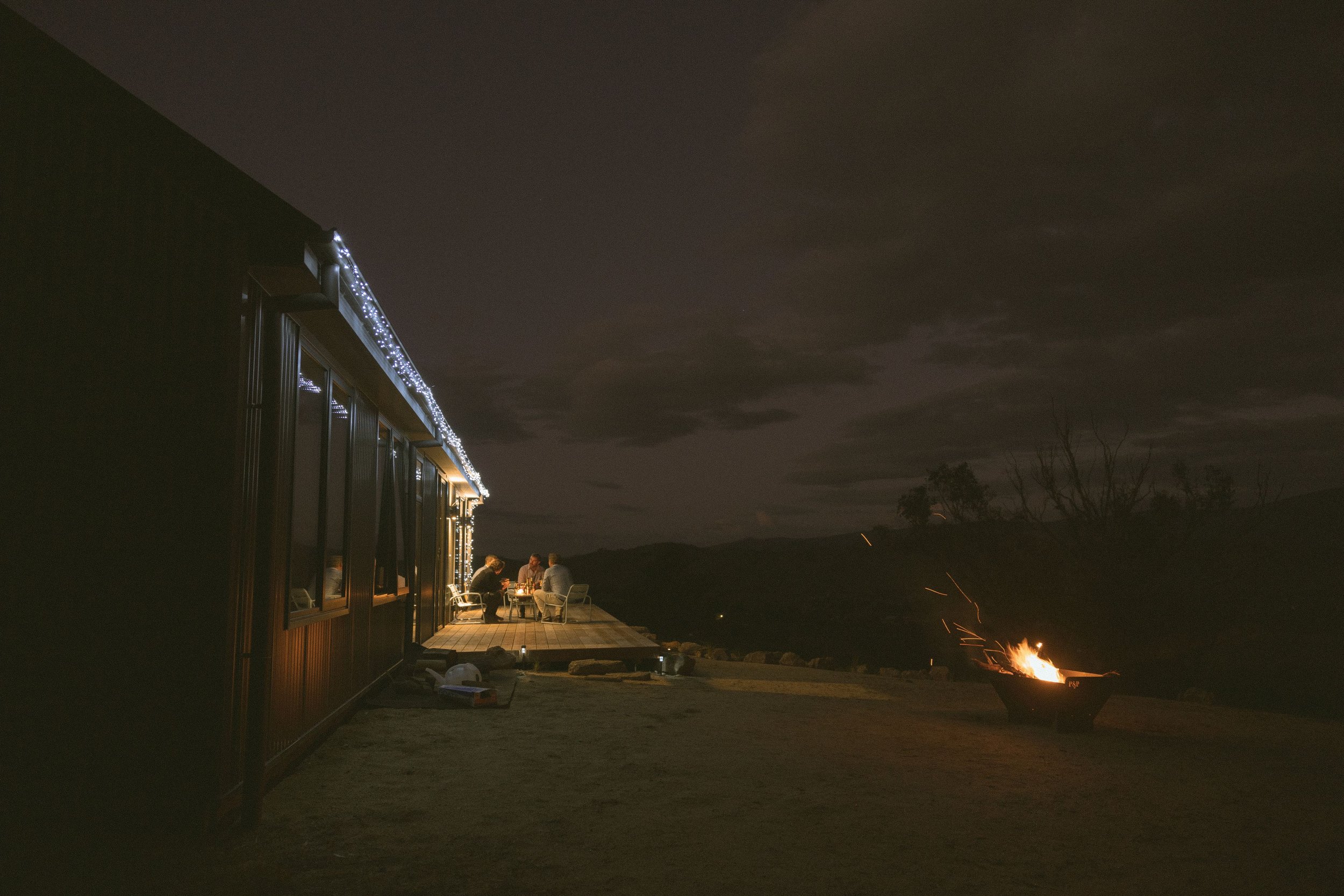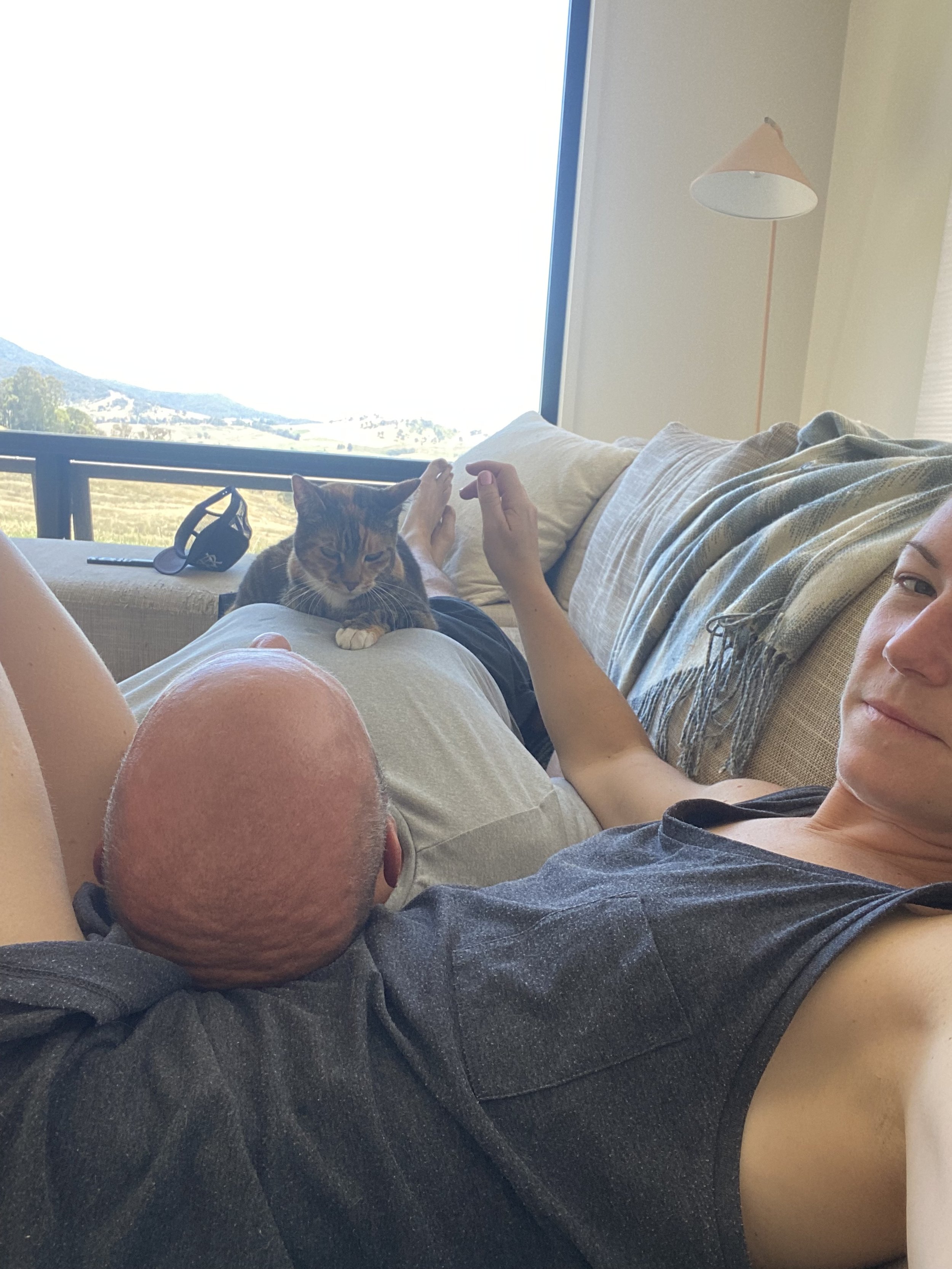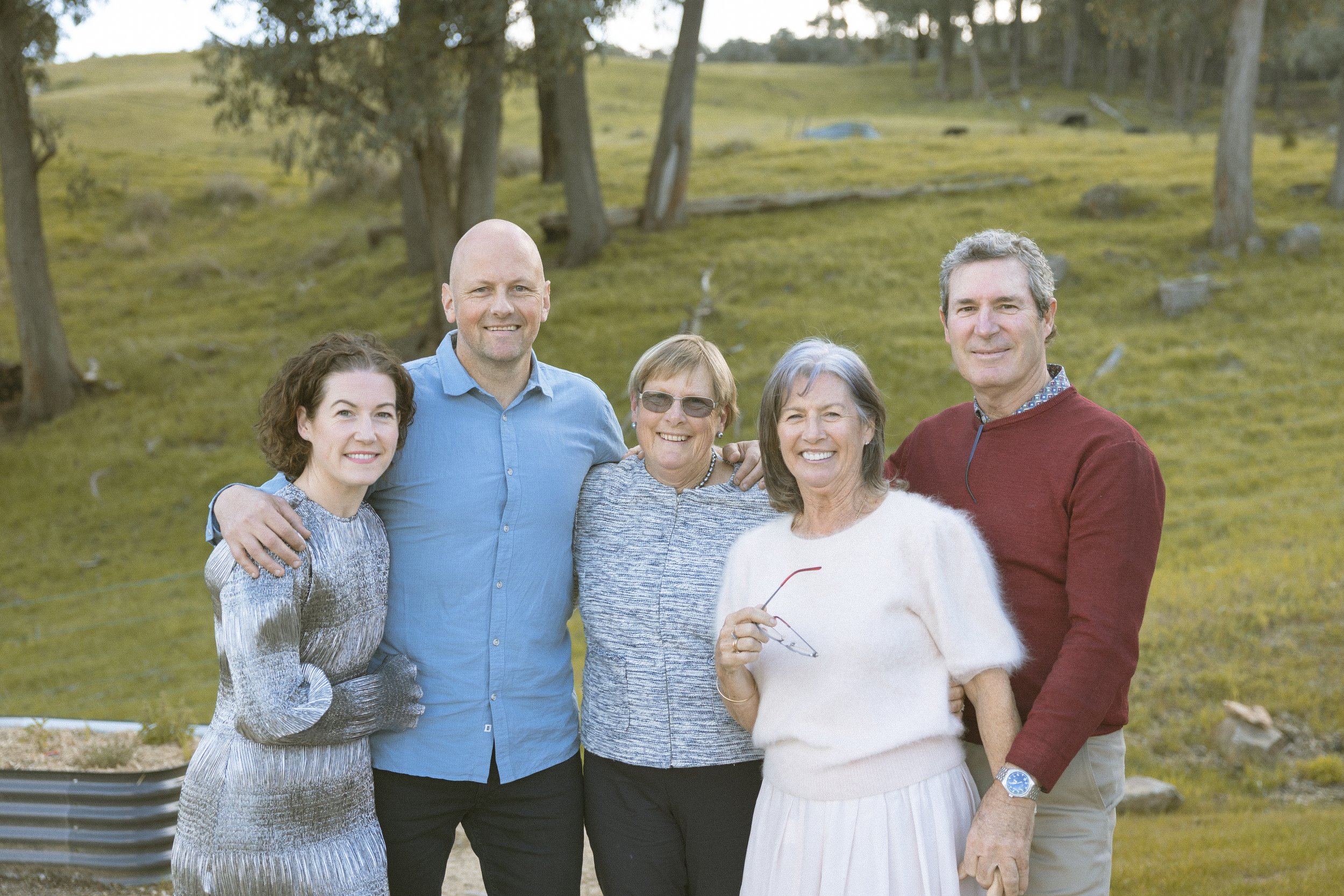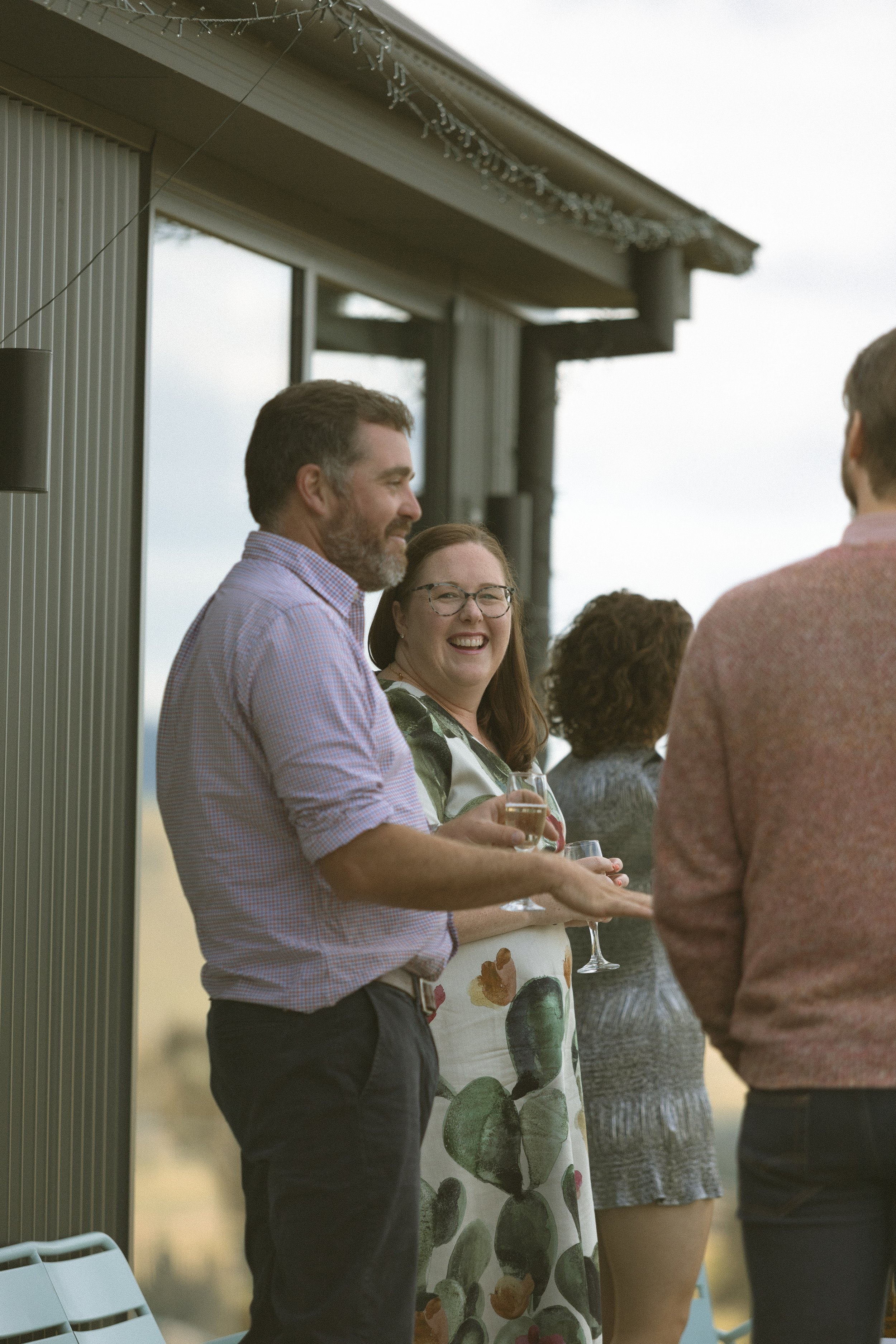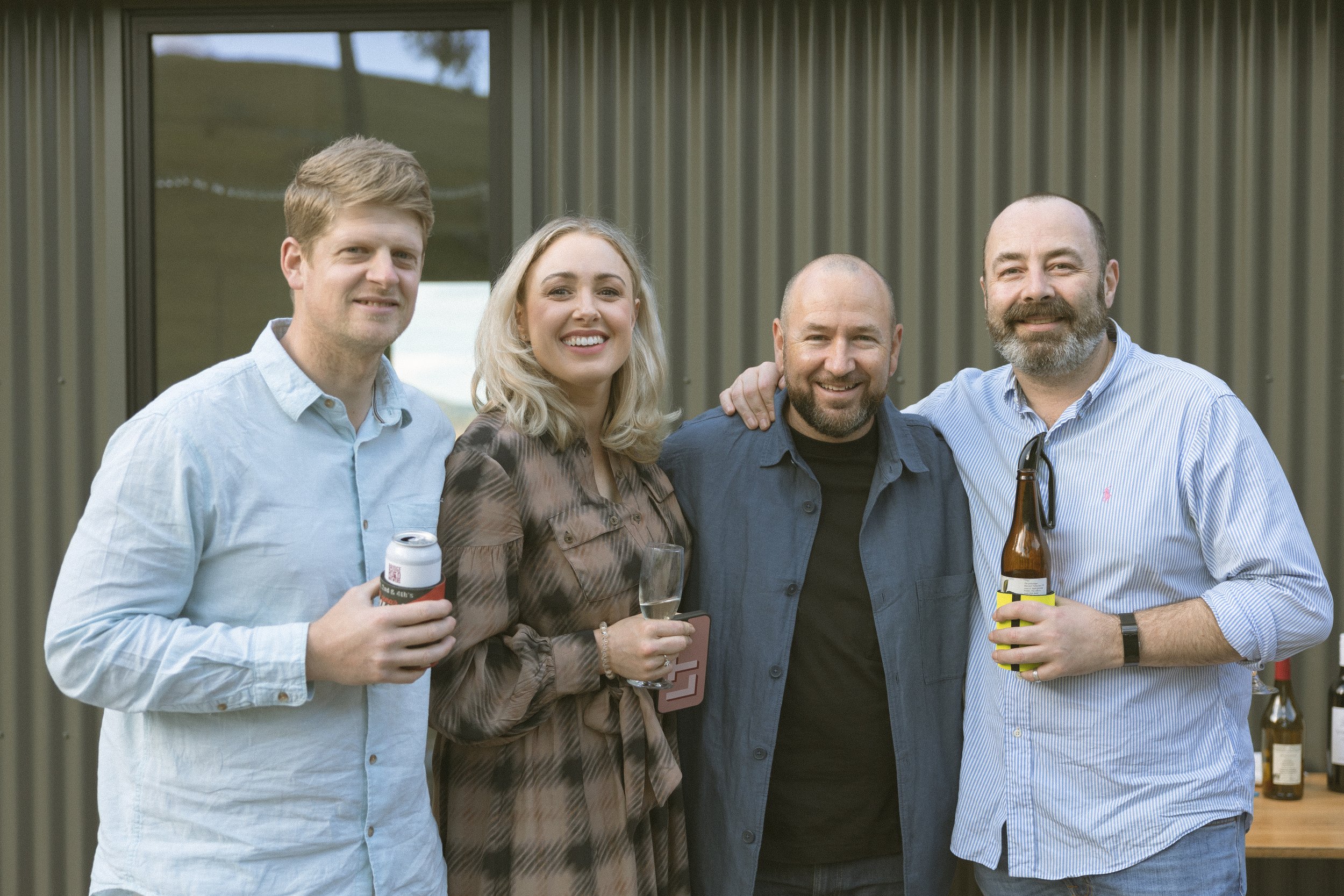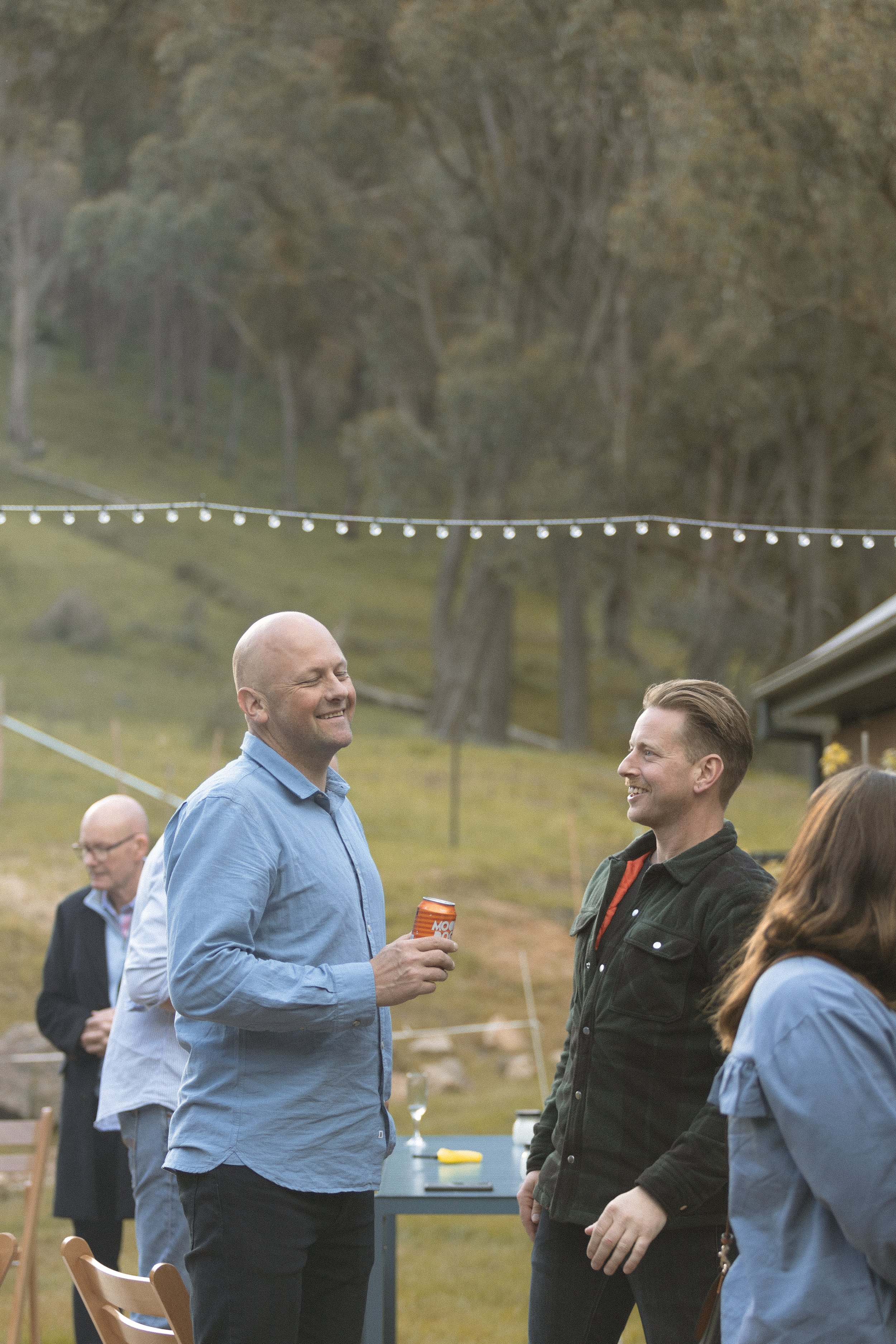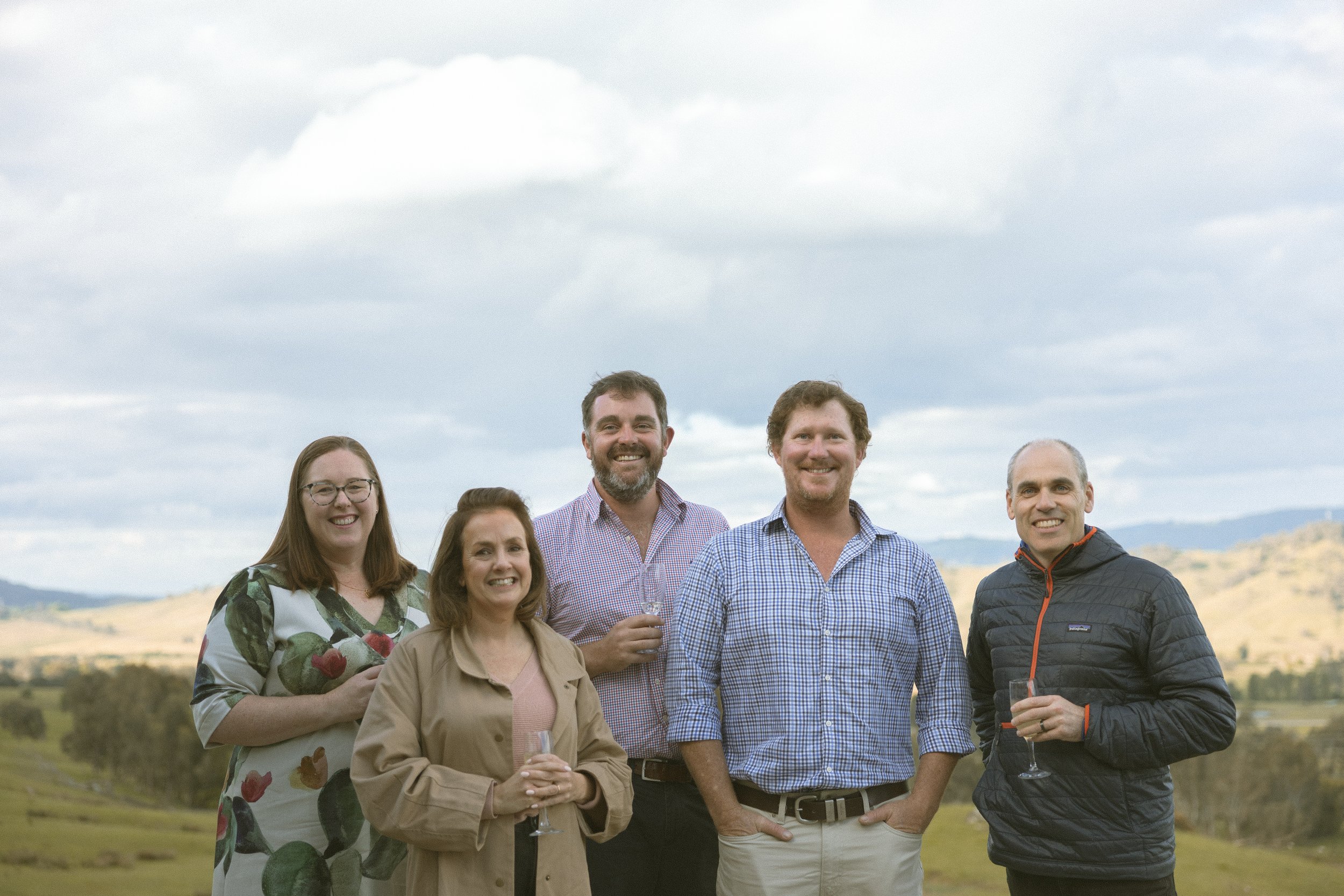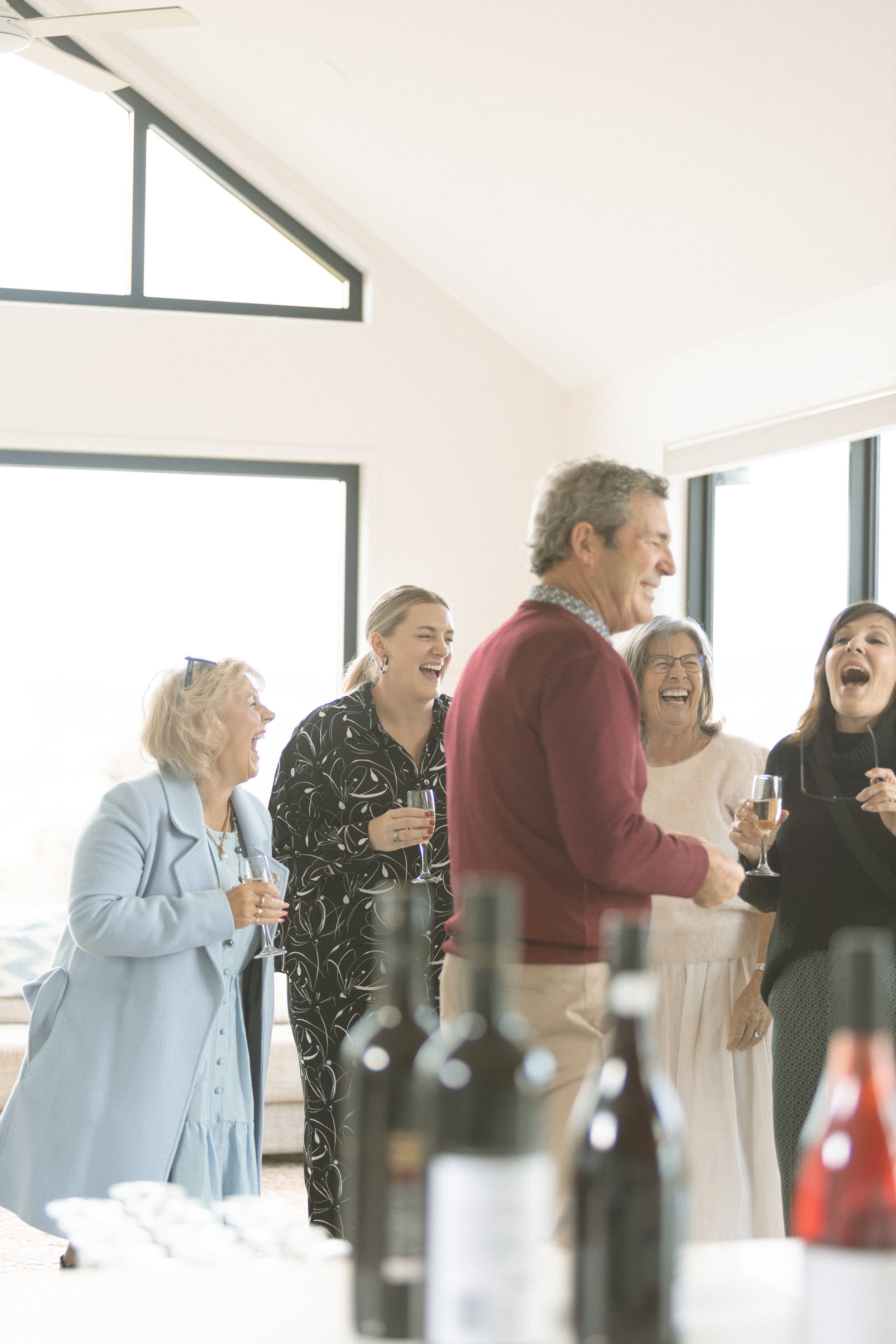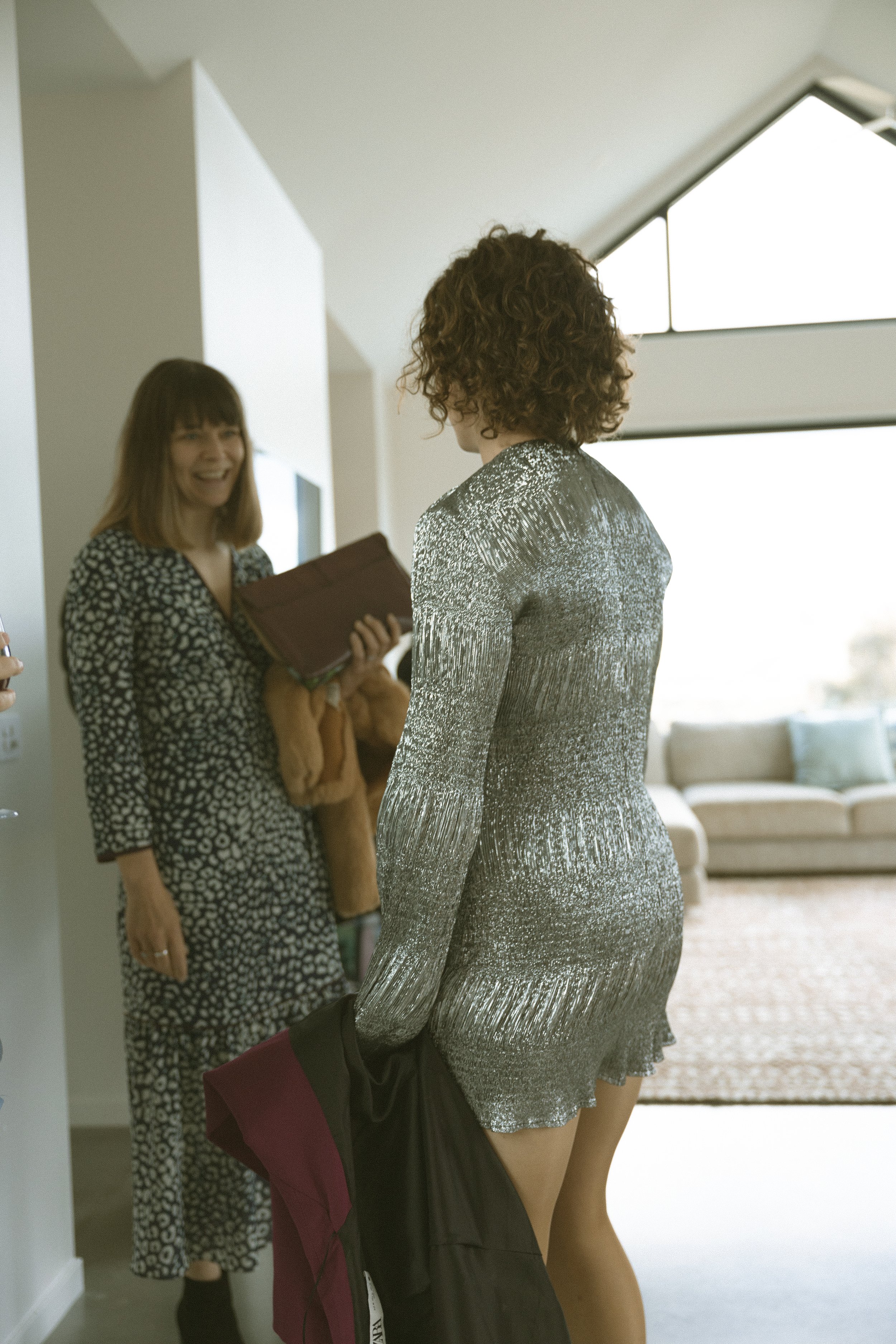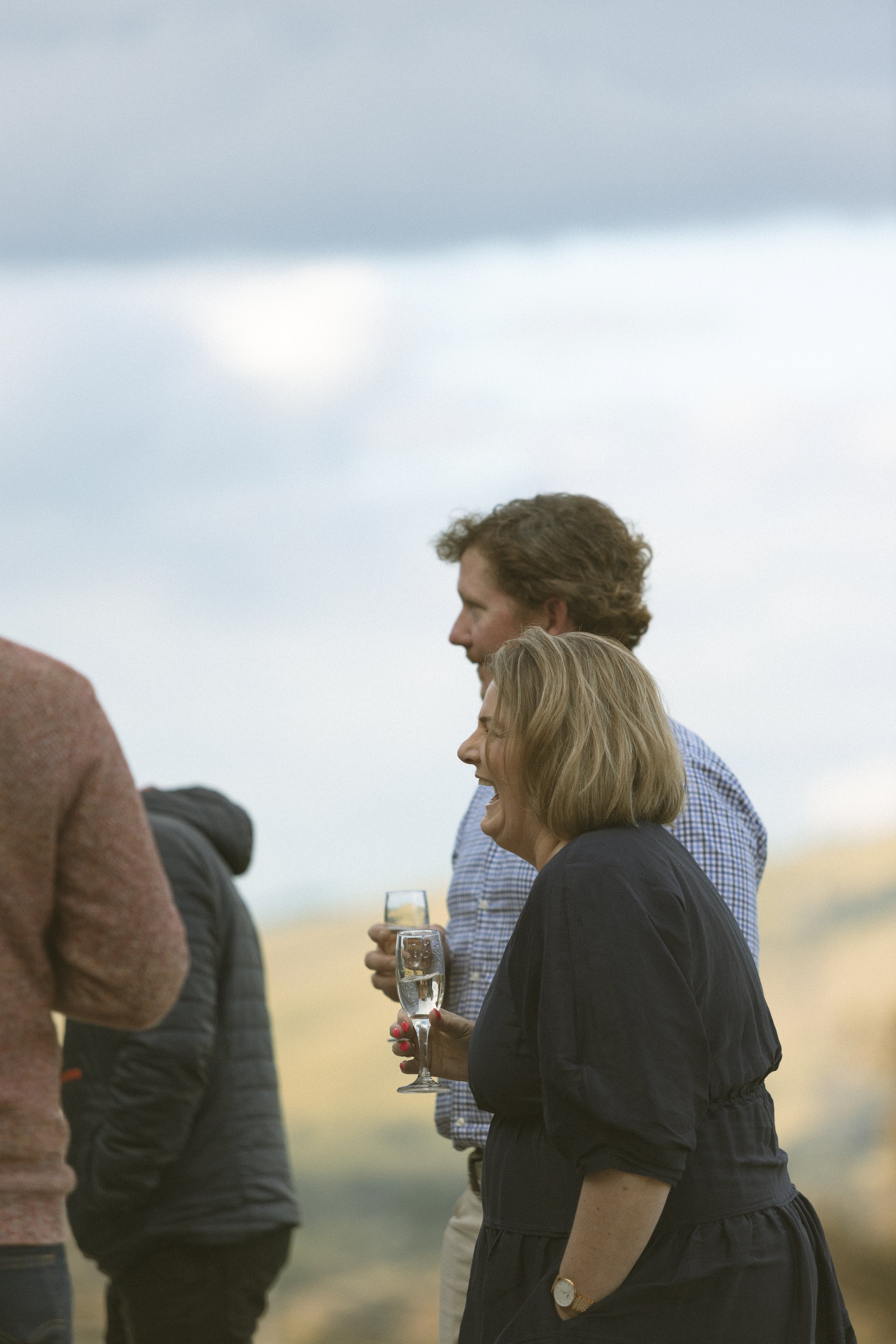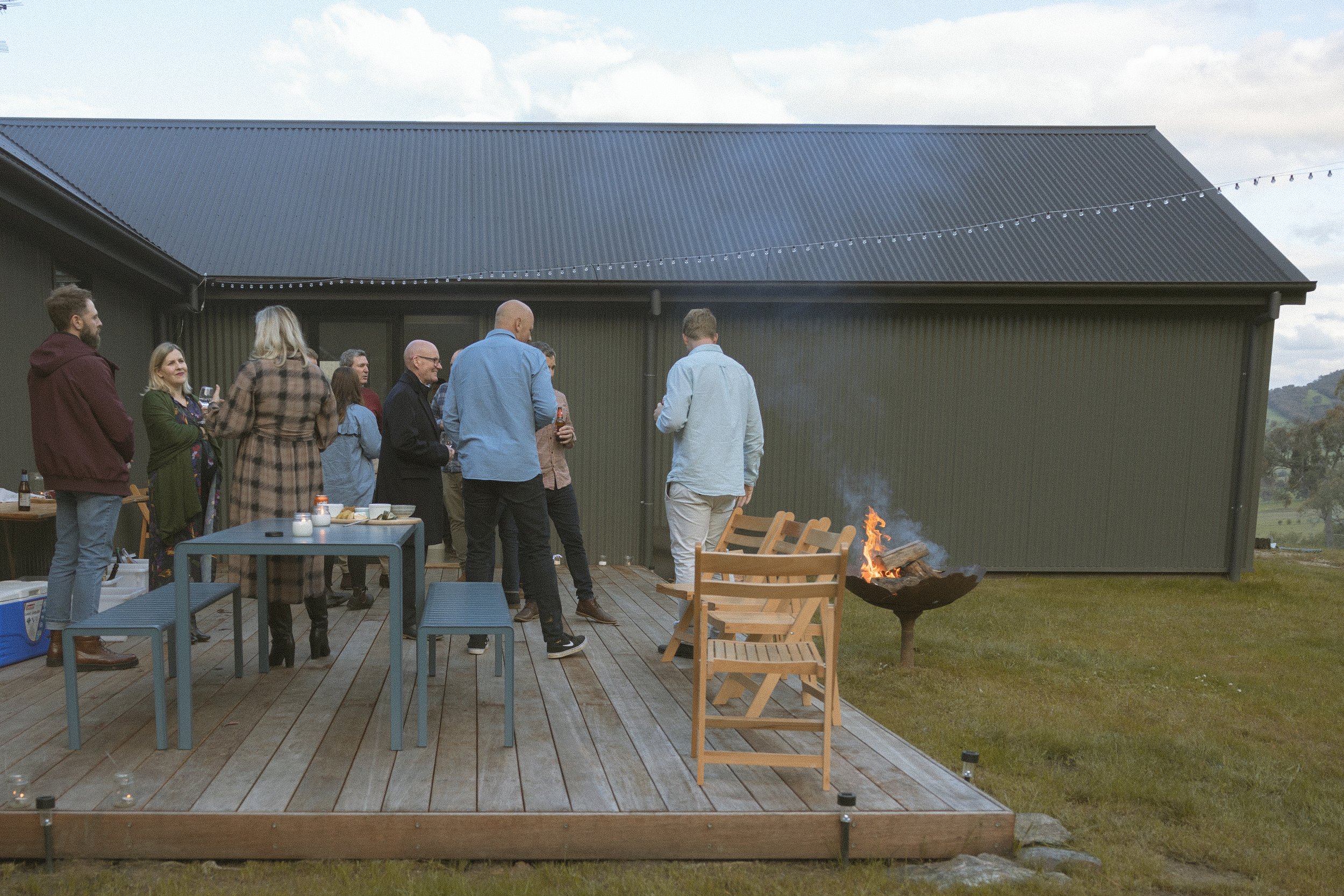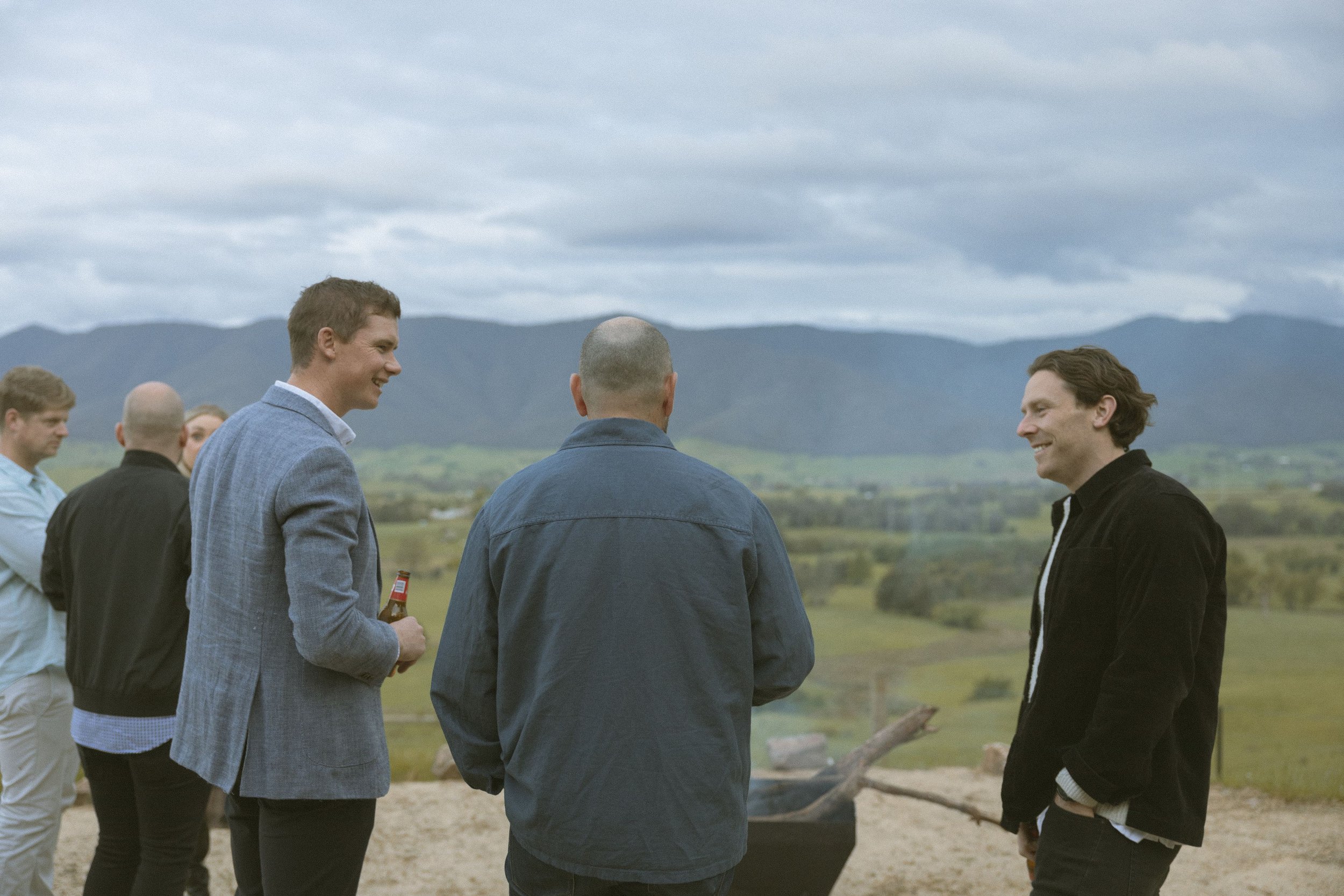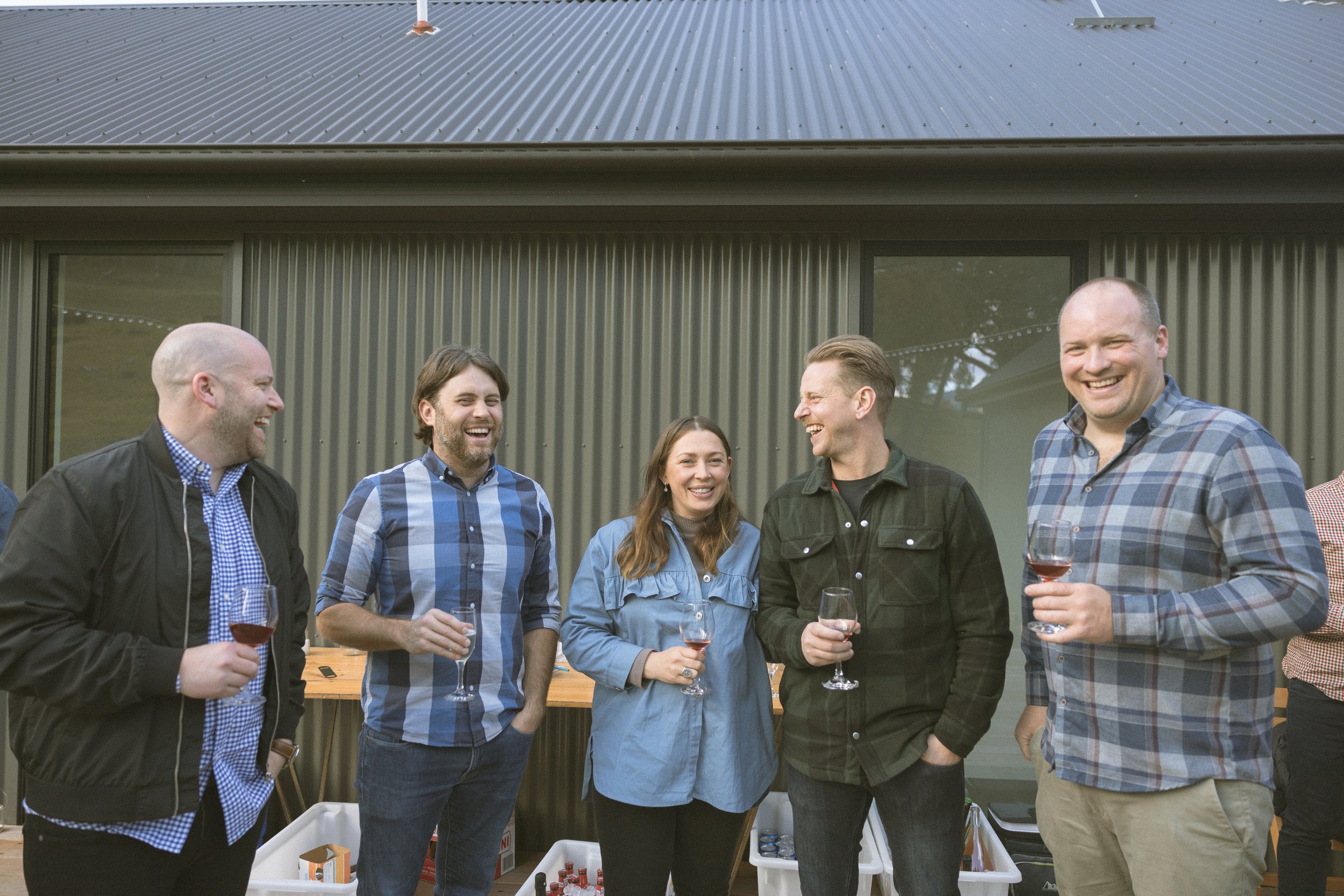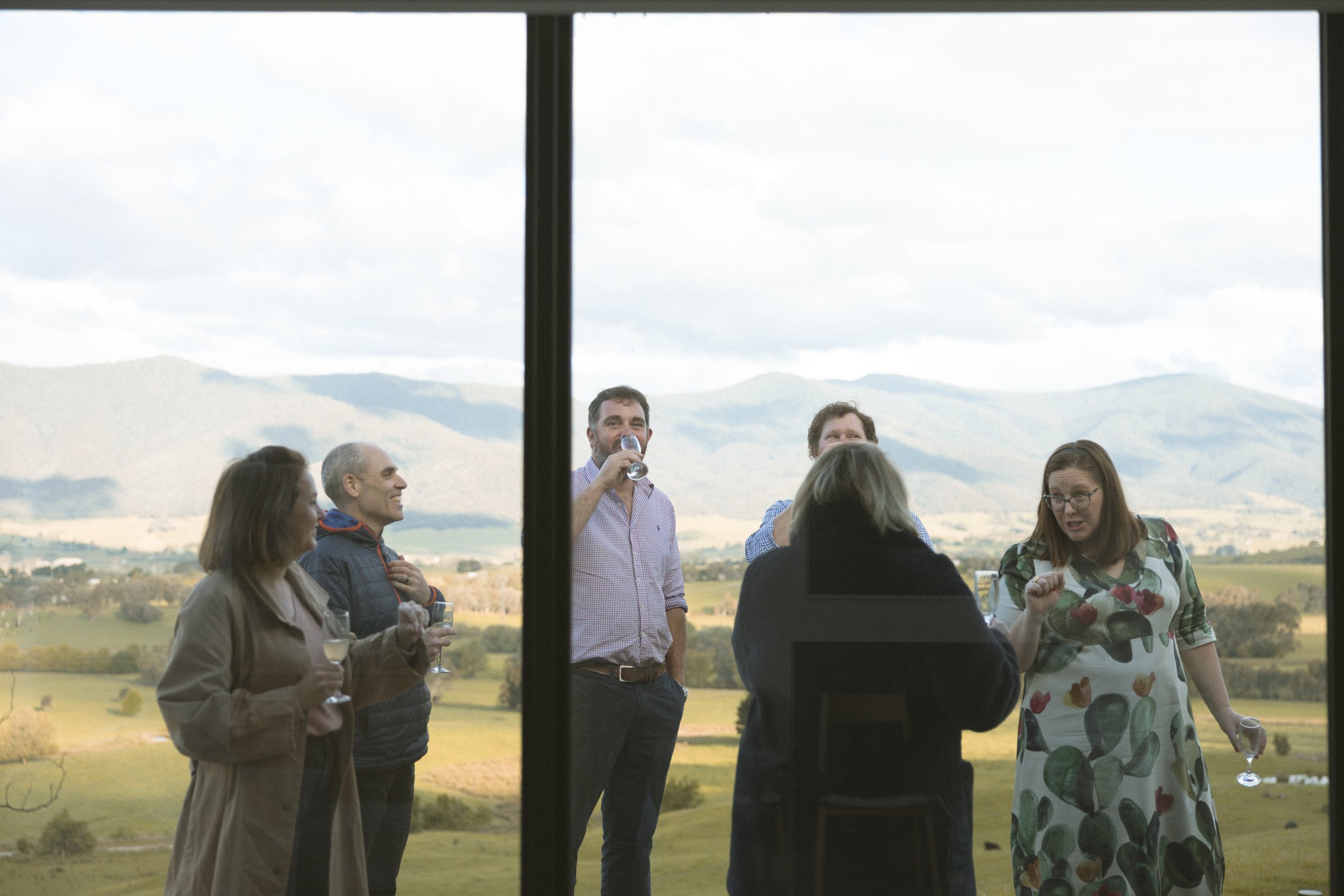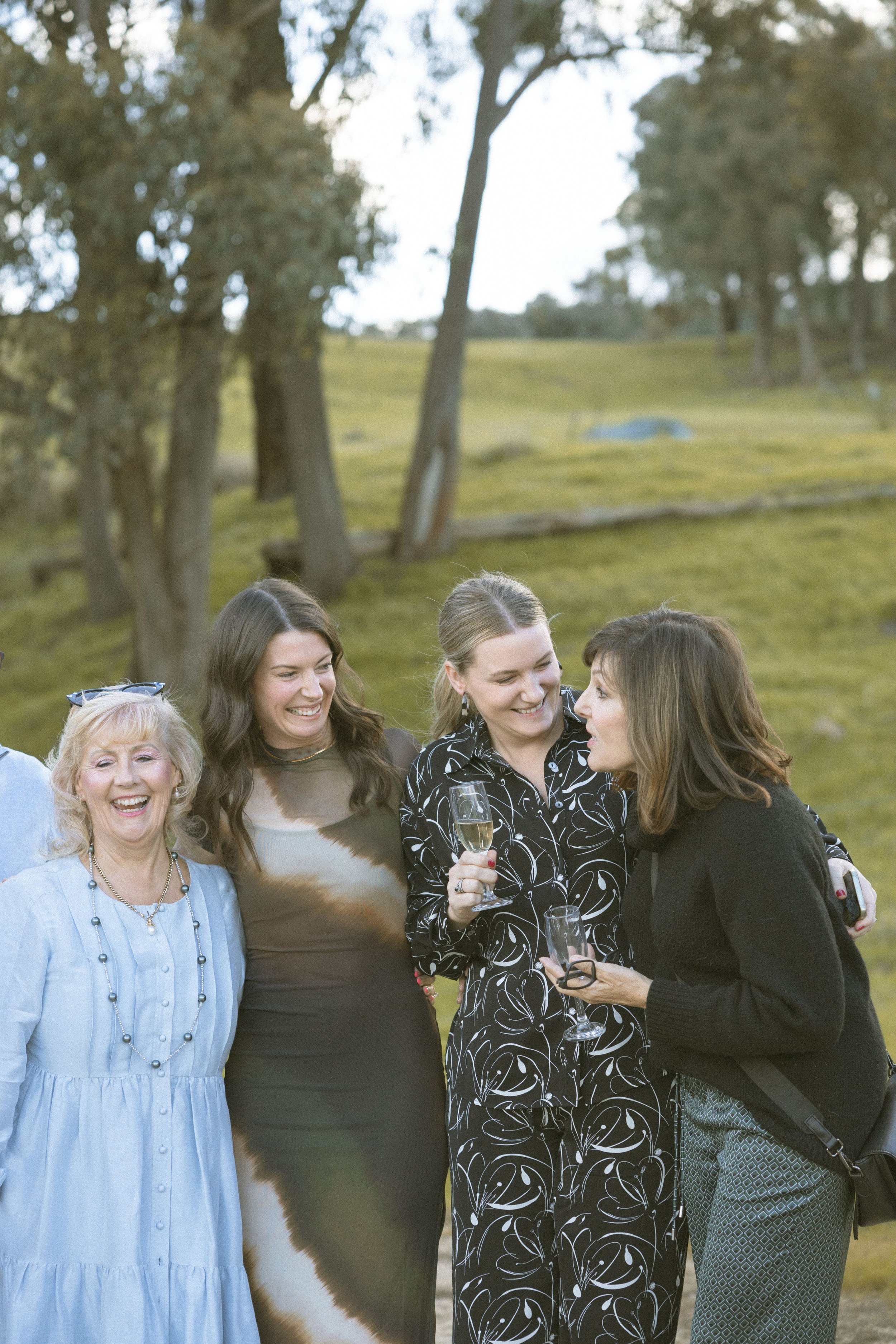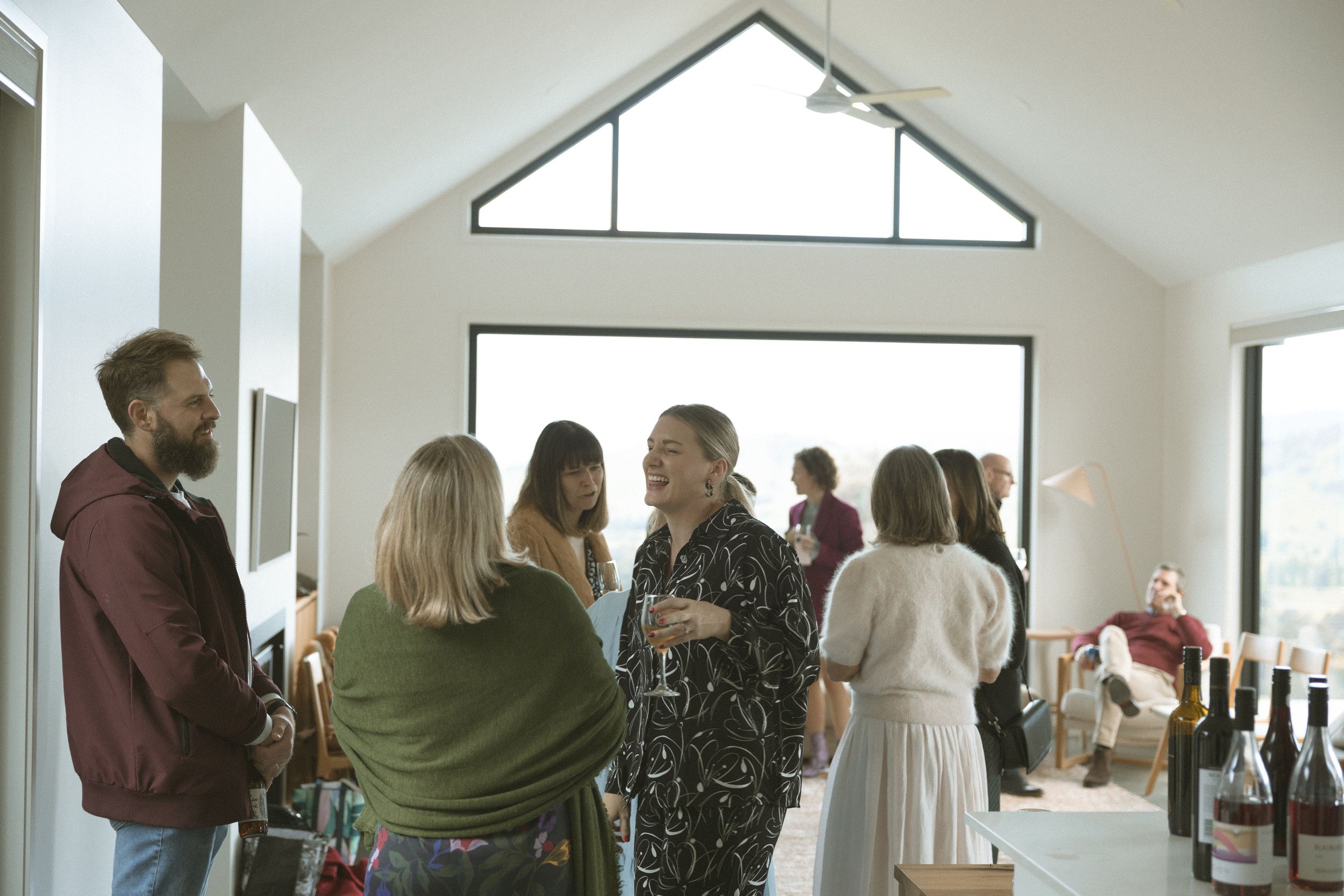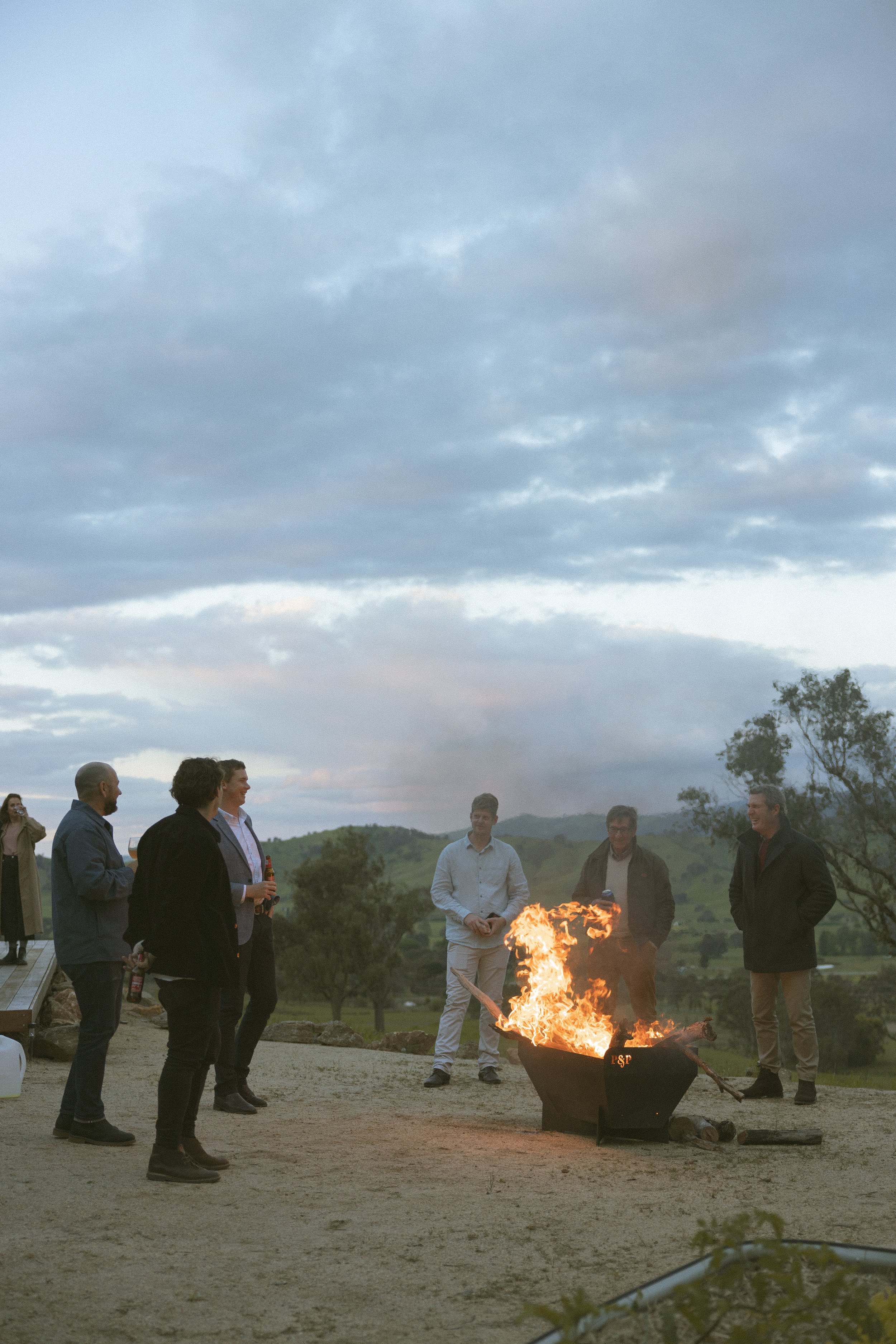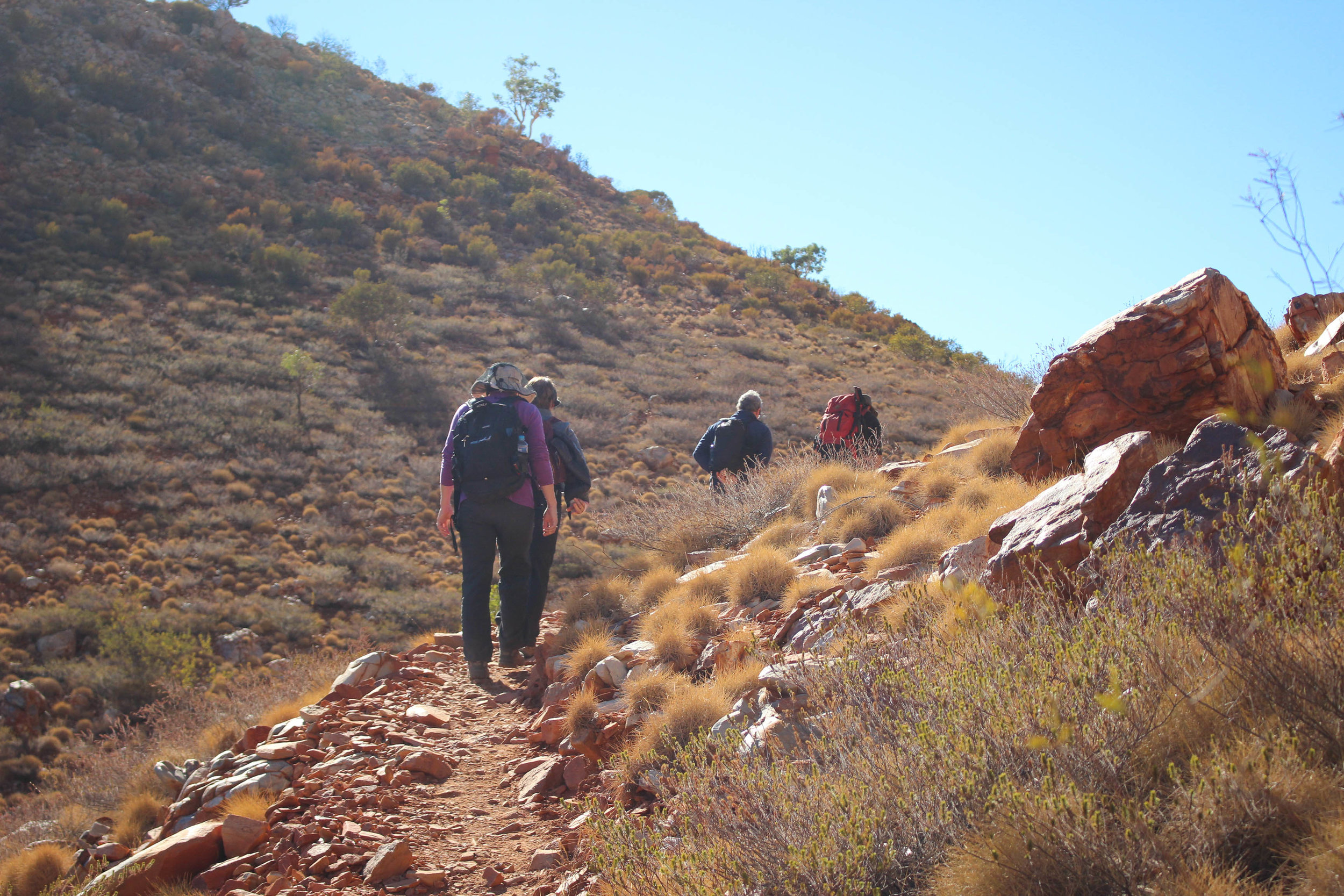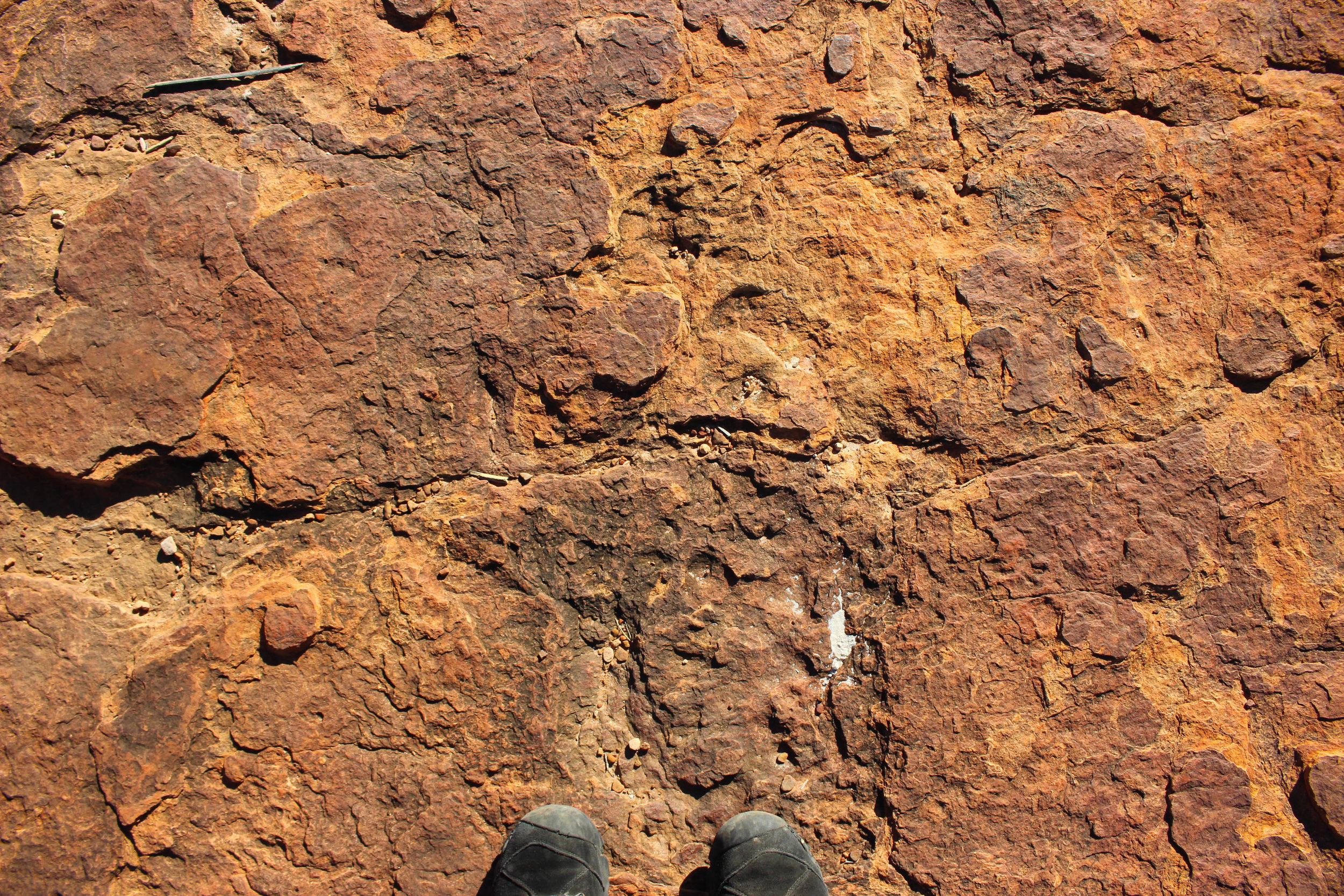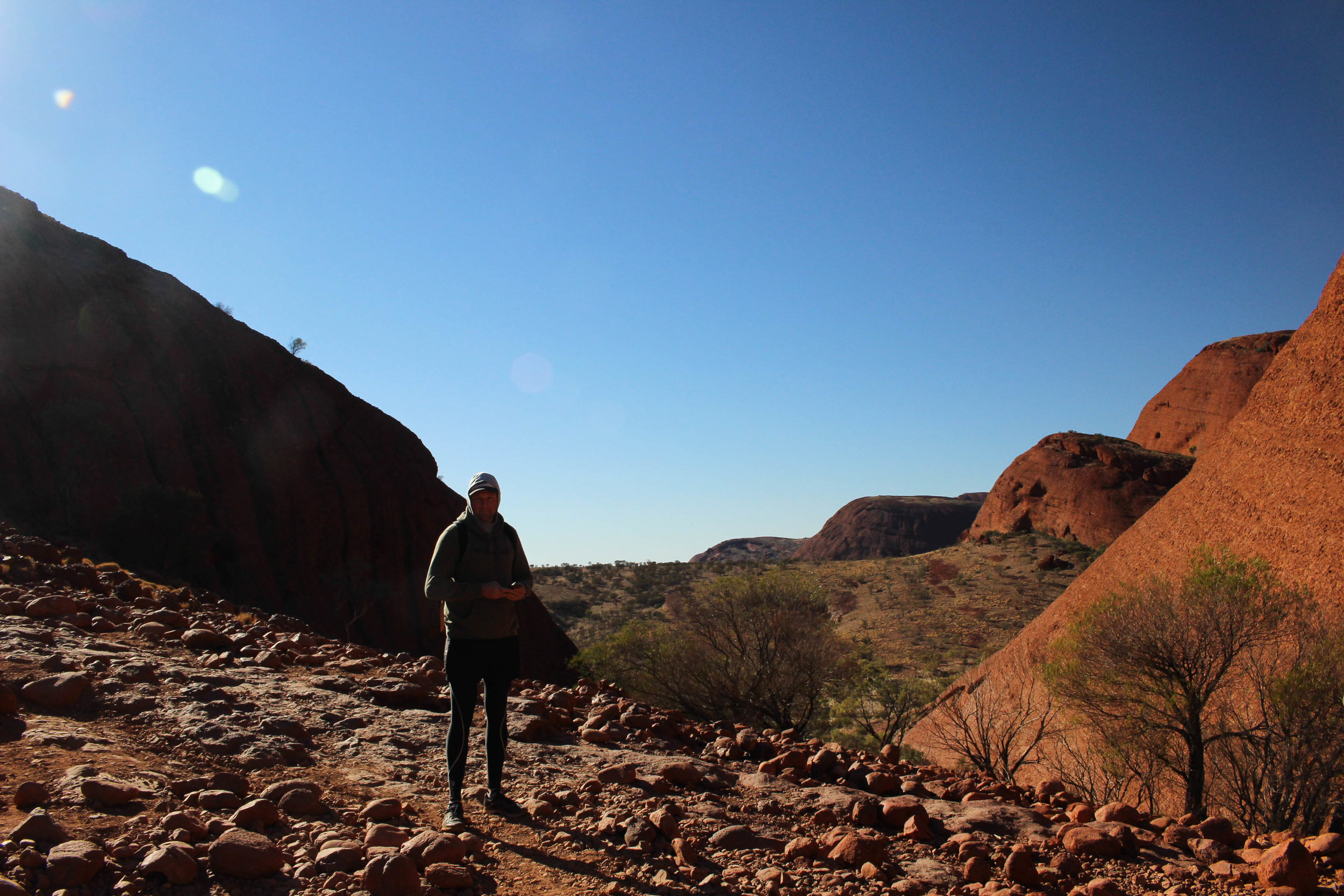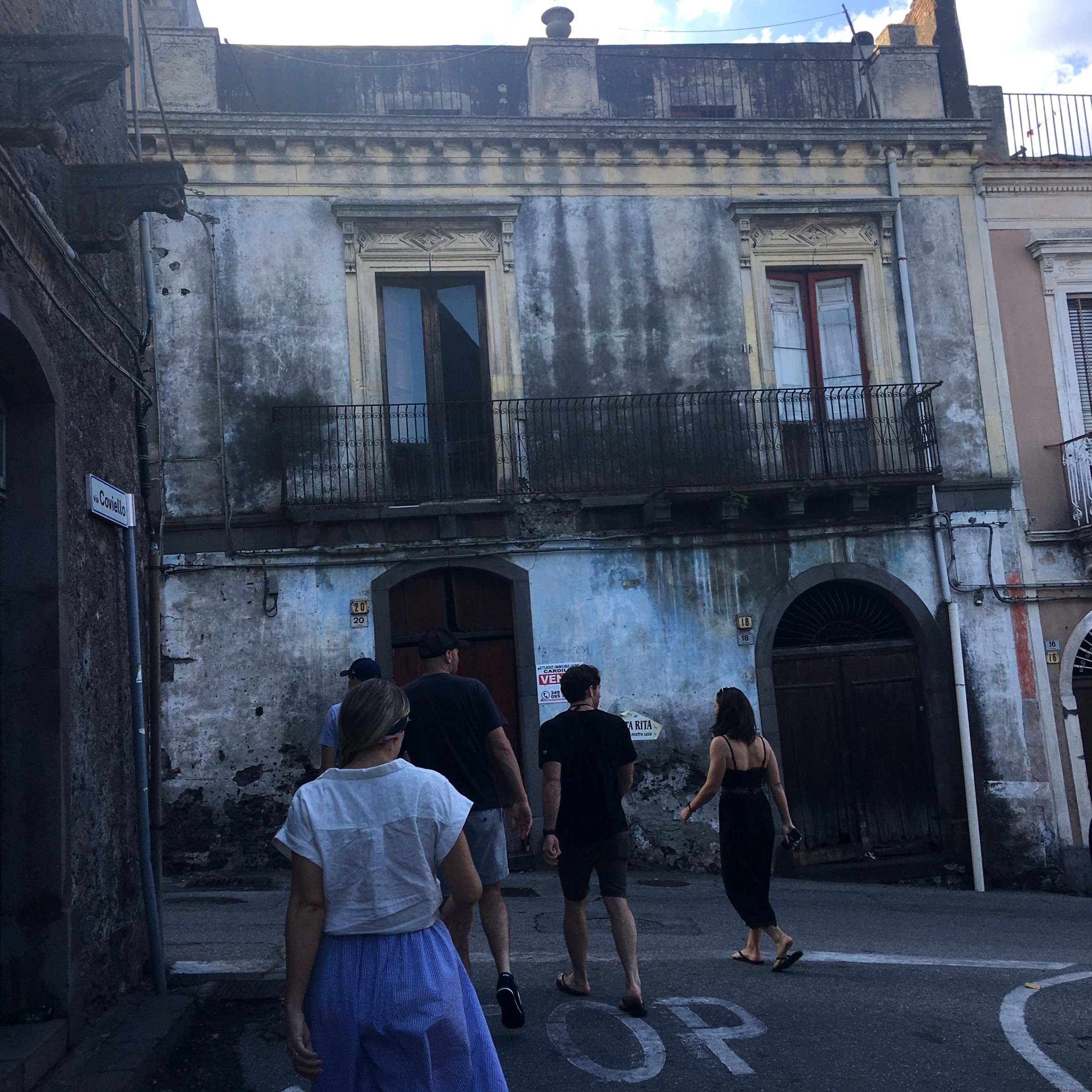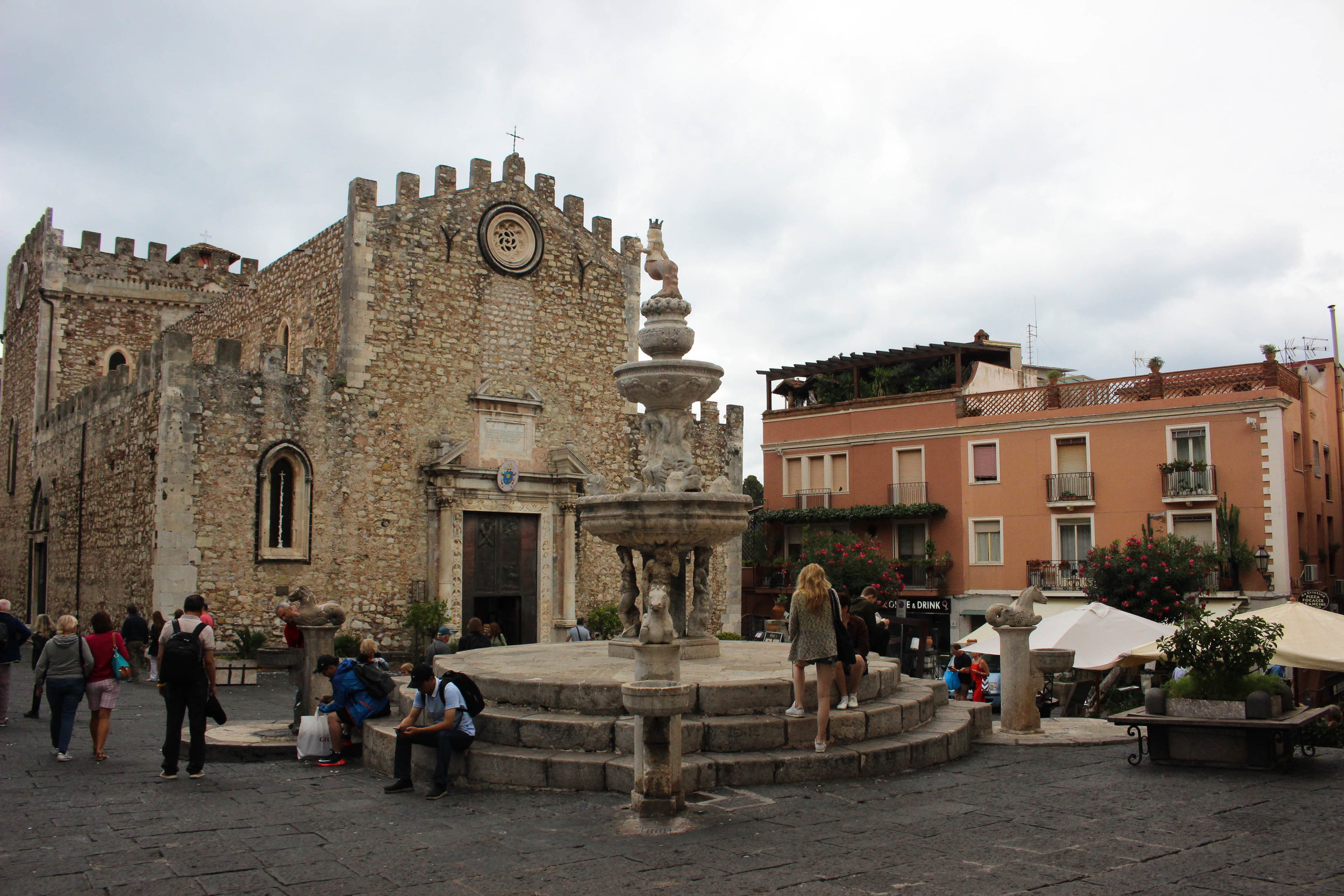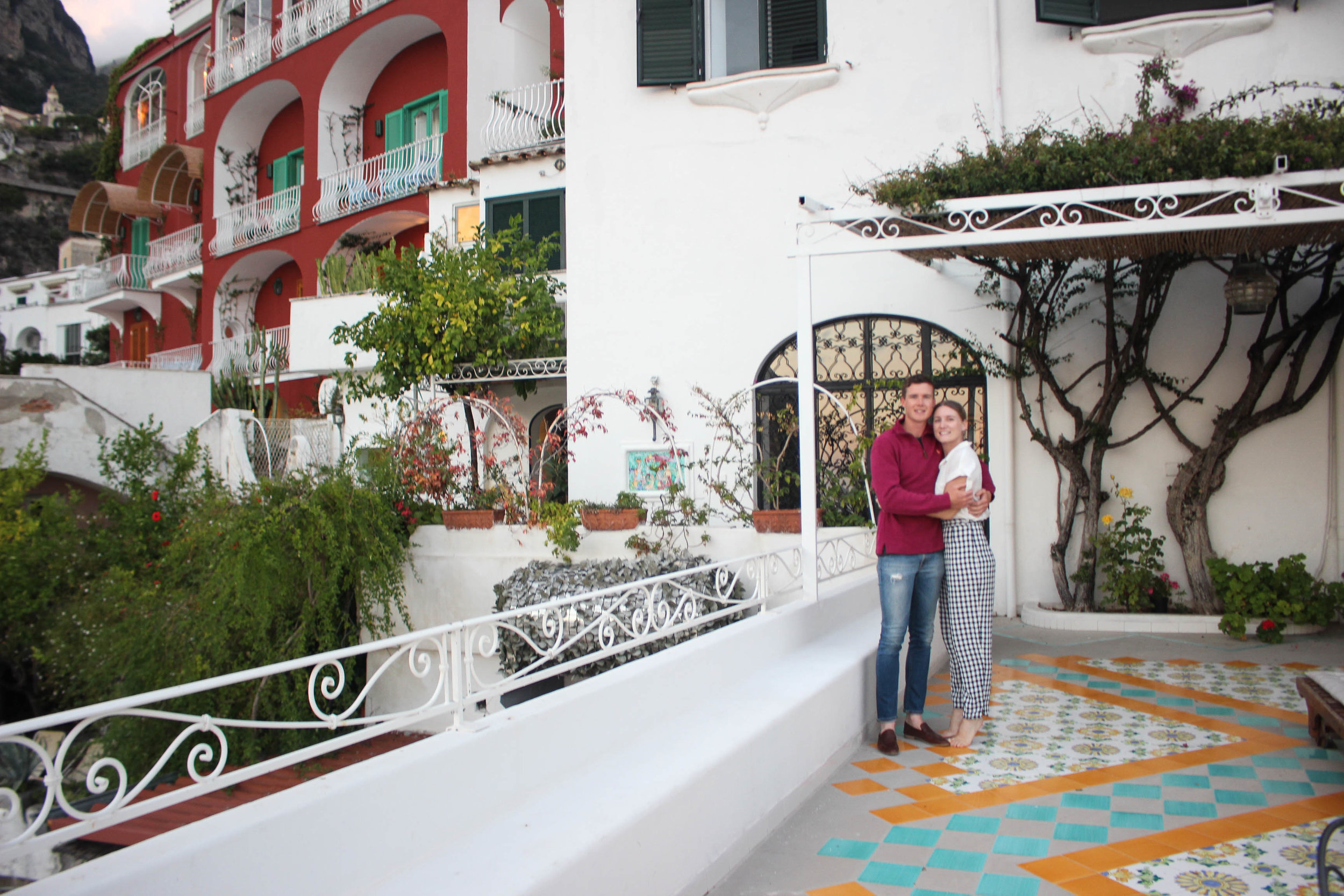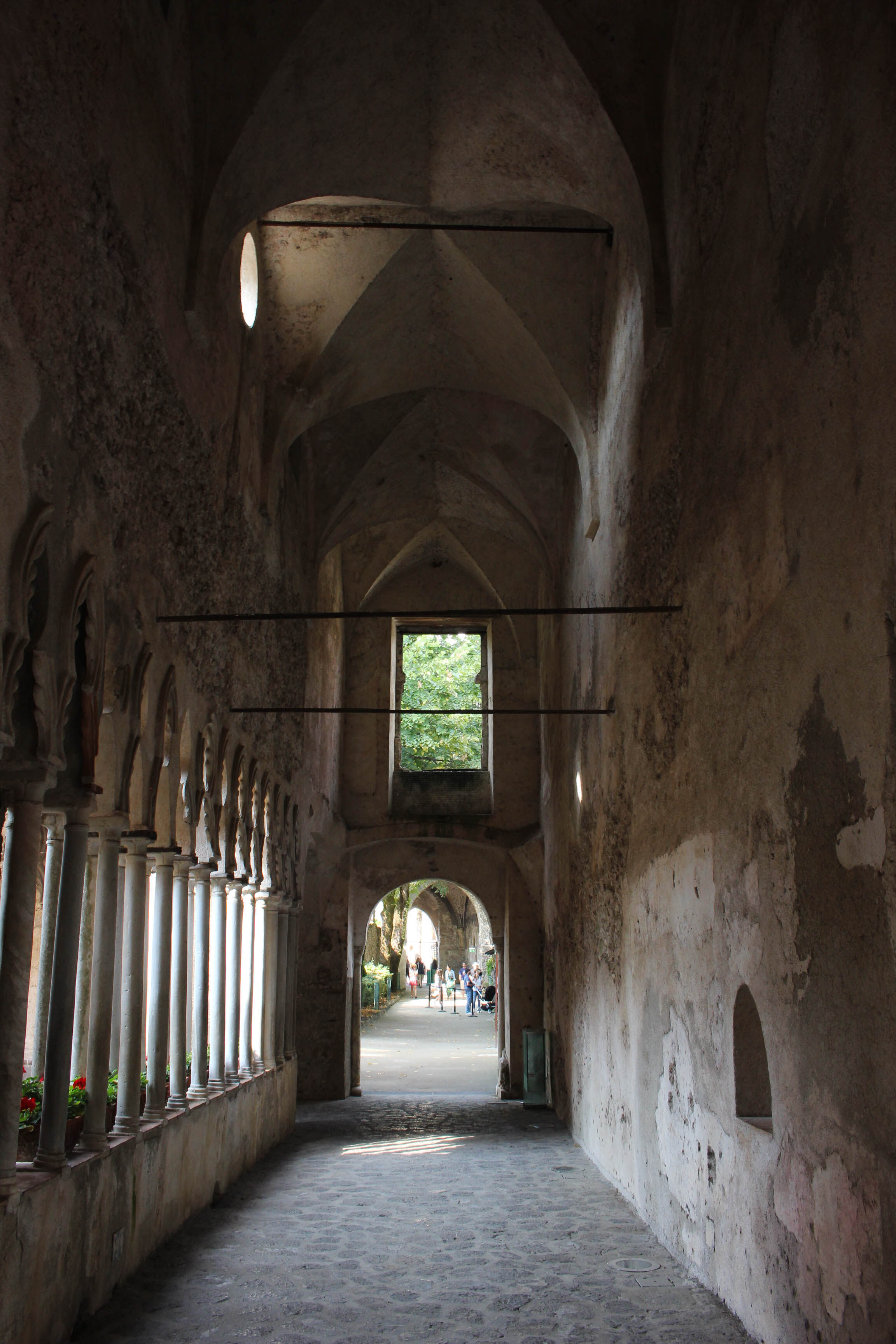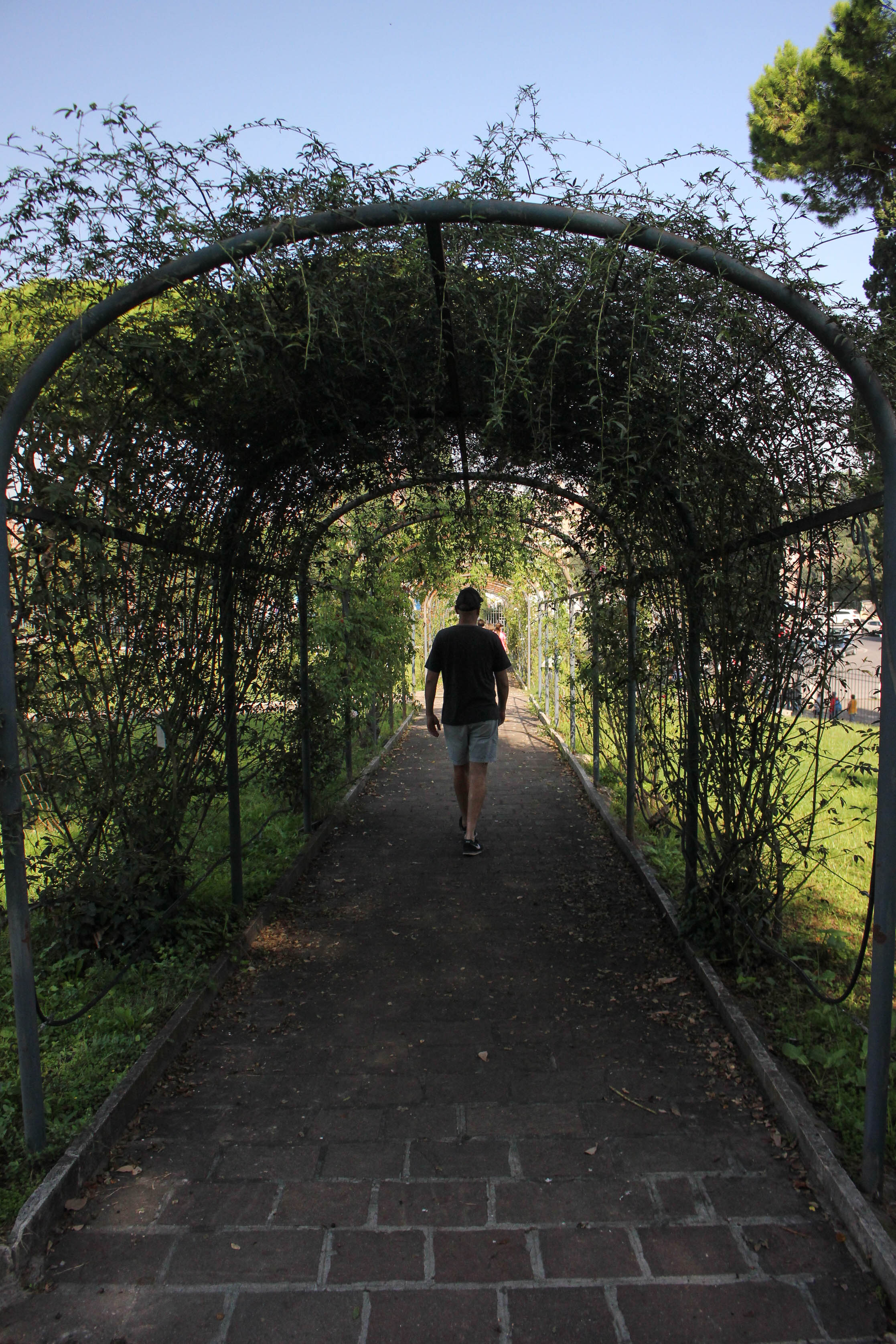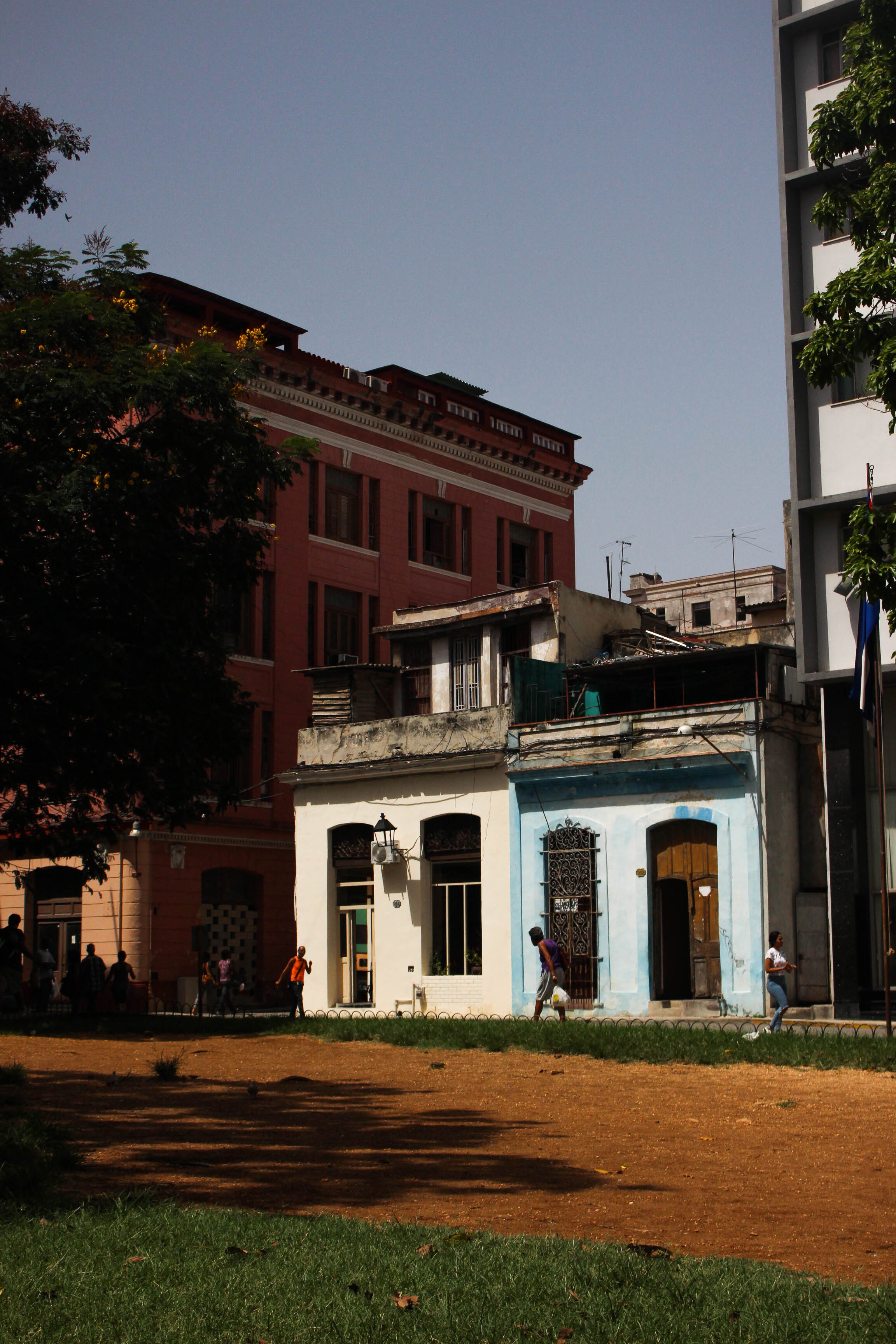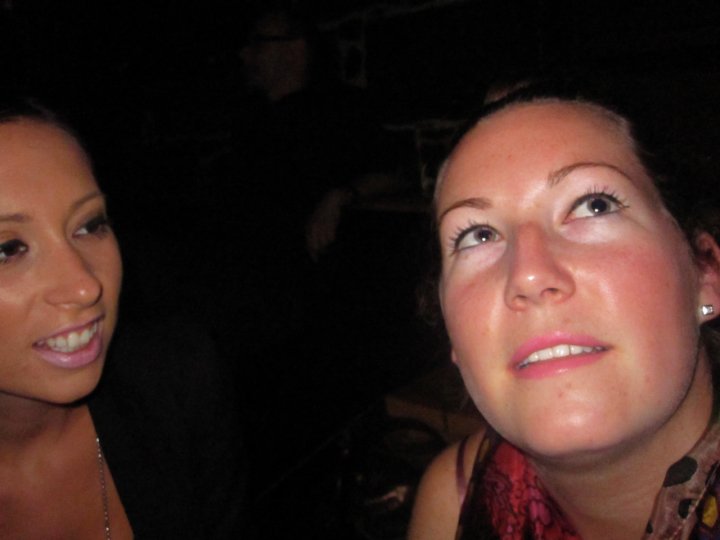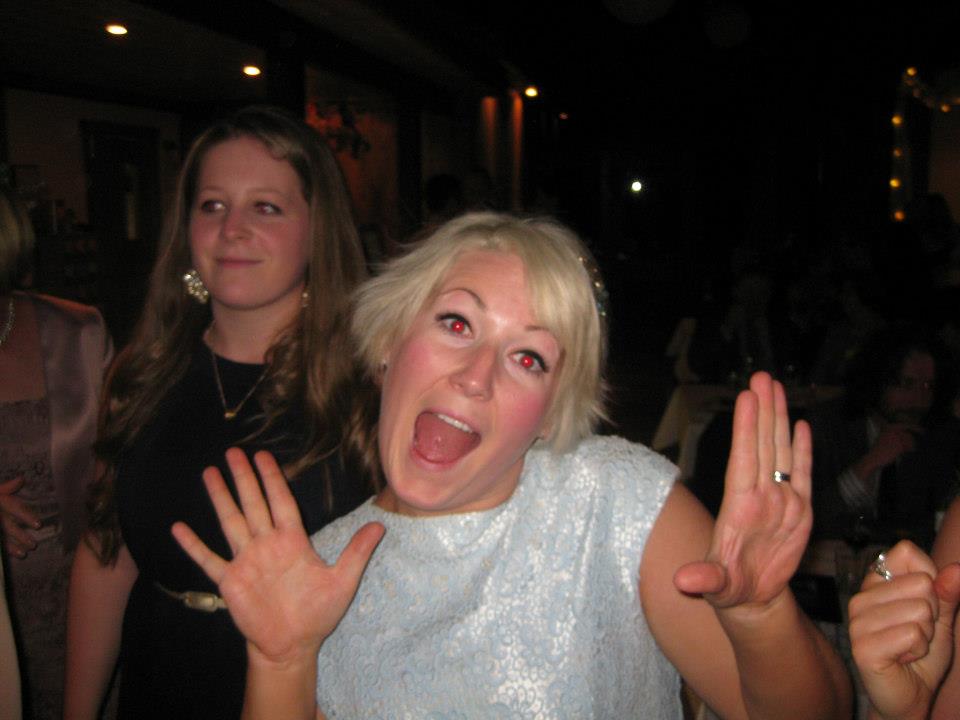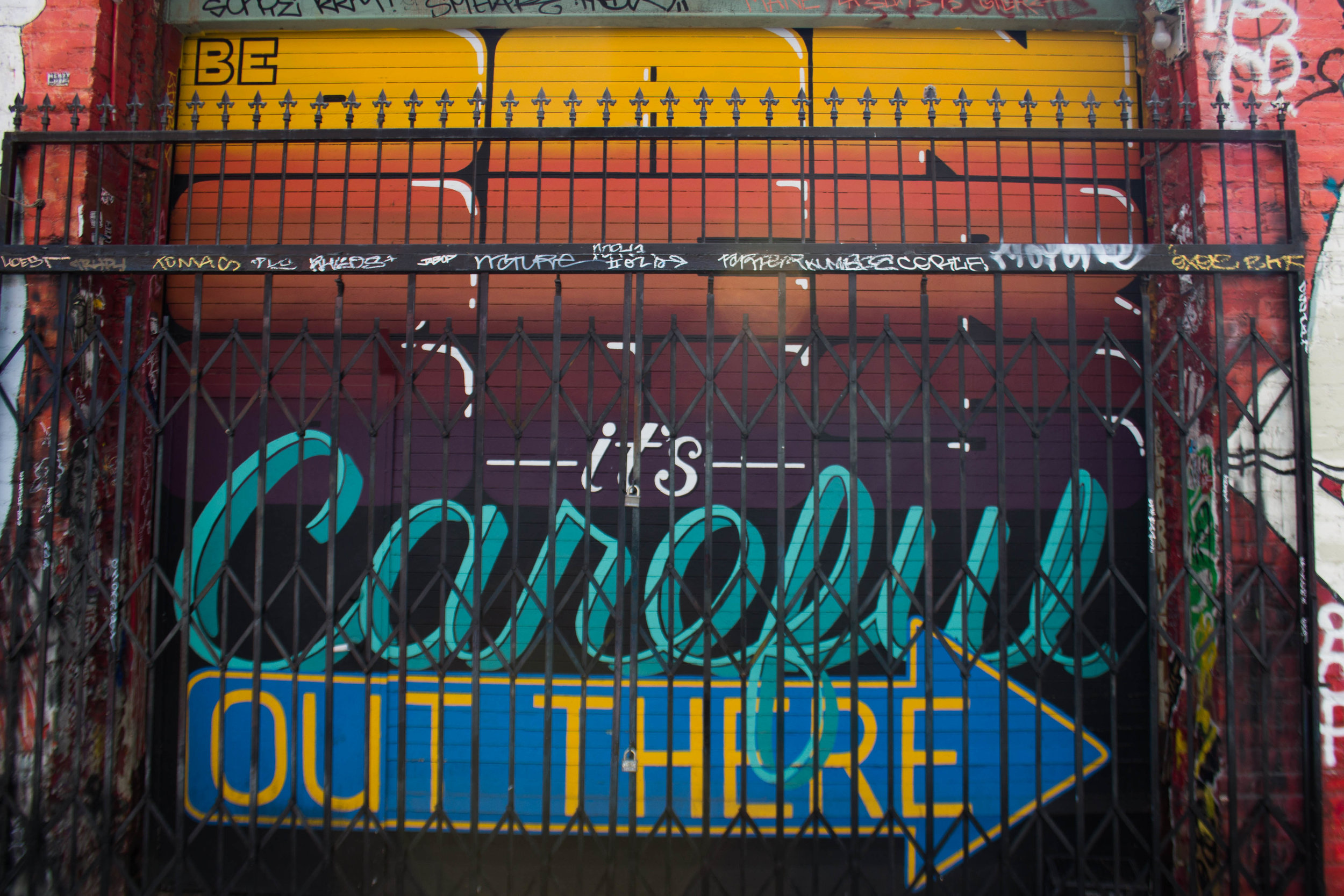This isn’t the first podcast wrap up written during the COVID-19 crisis, and I highly doubt it will be the last.
It is such a strange thing to have all this time to stop. And when you’re done with sleeping and wardrobe culling (no? just me?) why not spend it listening to good, thoughtful content?
I’ve written a couple of summaries previously outlining my listening habits - and my efforts to wean myself off newsy, politics-heavy, serious podcast content. That endeavour continues - so head on over to my previous summaries from 2015 and 2016 if you’re after more of that.
Happily there are plenty around that fit the bill - hell, everyone has a podcast these days! But I think there are a few that really stand out, depending on your inclination.
I have previously mentioned a few that I’m listing again below - take it as a double endorsement and head there first. Or, skip ahead to the bottom to see a selection of the best of the best and start there if you’re new to the pod life.
Be aware though - listening to so much in the way of pod content seriously limits your ability to keep up with your to-read pile, keep in touch with people, or really achieve anything productive. You have been warned.
Happy listening.
Pop Culture
The High Low
A contribution from two British writers, this one really does what it says on the box - traversing pop cultural phenomena that burn bright and don’t last, but also diving into higher brow content - literary, creative, political. They’re really clever, self aware and articulate, and I kid myself that they have the kinds of chats I would be having with my friends if someone bothered to record it. Subscribe
Highly Enthused
Also a chat between two clever ladies - this time from inner Sydney, and it definitely shows in the content. They’re unapologetically cool, very keen on good food and wine, and blatantly millennial in their perspective on sustainability and consumption. I oscillate between finding this a real pleasure and unbearably hipster, which really just says I am old and not living in inner Sydney. Subscribe / They also do a newsletter.
Chat 10 Looks 3
Still a firm favourite - and I can’t see that changing any time soon. As with the previous two mentioned (I have a type, clearly) the pleasure of listening to smart women talk about the things they love is just so great. Stacks of books, films, recipes, but there’s something extra with this one - they’re so quick witted and hilarious - I think it is actually the chemistry that keeps their legion of fans coming back. Subscribe
Creative People
Anthropocene Reviewed
I think of John Green and his brother Hank as kind of the big brothers of the internet. They have done stacks of great internet things for people who like thinking. John is also a really lovely writer (and so say a LOT of YA readers). This podcast is his close look at all manner of specific things related to life on a human-centred planet. They’re beautiful little vignettes of life in detail. Subscribe
Sydney Writers Festival
Those of us who aren’t able to get to Sydney for the festival are lucky that they podcast a good number of sessions each program. This is extra useful given this year’s festival will be decidedly less festive (global pandemic and all) and we have an archive of really great content from some of the best literary figures from around the world ready and waiting. Subscribe
Lit Up
Australian writer Angela Legderwood used to write features for Esquire, and Cosmo before she became a full time book nerd. She now interviews stacks of really smart people about their books and ideas. As with SWF, this is pretty much a who’s-who hit list, and the content is really thoughtful and considered. Great inspiration for the writerly, or writerly-adjacent. Subscribe
Philosophy
On Being
Given its focus on faith and its place in the world, you wouldn’t necessarily expect an atheist like me to be so enthusiastic about On Being. But it is just so good. I’m all for content that asks the bigger questions, and I just don’t know of many secular spaces that do it half as well as Krista Tippett does. So thoughtful, gentle, perceptive. And with the most unexpected and insightful of guests. Subscribe
Under the Skin
I am an unashamed fan of Russell Brand. I love watching how his practice as a leader and thinker is evolving. He has really interesting YouTube content that you can explore for free, and his early podcast archive is available publicly, but he has shifted his newer content to subscription-based platform Luminary (which houses a stack of other great creators and content too). Worth it I reckon. Subscribe
The Minefield
I love Scott Stephens and Waleed Aly’s approach to unpicking the ethical intricacies of everyday life. Their conversations include experts in social theory and philosophy who really get to the crux of issues, and why we encounter points of ethical friction in our modern existence. They’re erudite, and the perfect balance of circumspect and cynical. Subscribe
Tara Brach
Tara is one of the world’s most amazing spiritual leaders. Her podcasts touch on spiritual awakening and nurturing on an individual and collective level. She also publishes a weekly meditation and she just has the most beautiful voice and presence (so much so that it is clear via podcast), and some really worthy reflections and messages. Subscribe
Social / Psychology
Reply All
I resisted this one for ages before I finally came around to it in 2014, and it is now absolutely one of my favourites. Ostensibly about how we interact with the internet, the content is actually an examination of modern life and its peculiarities. And it is so insightful and thoughtful that it has you examining things that you wouldn’t otherwise give a moment’s reflection to. Subscribe
Invisibilia
This show bills itself as being about invisible forces - they’re talking about invisible forces within us (not, like the invisible hand of the market, as I first misunderstood). The storytelling here is really lovely - enough to have me empathising with an AI. It serves to make under-appreciated elements of life more visible. Subscribe
Rough Translation
Podcasts like this seem to me to be the magic ingredient in a recipe for more global empathy. It looks at situations across the world and unravels how a similar situation might be experienced by someone with a different cultural background and experience from you. So many varied perspectives, so many worthy lessons, and such good storytelling. Subscribe
Unique insights
You’re Wrong About
Sometimes I remember a thing in history and think “we would have looked at this whole thing very differently if it happened now”… That’s pretty much the premise of this show - looking back at historical phenomenon with a modern perspective to see just how wrong history got it, and just how far we’ve come. Subscribe
Against the Rules
Michael Lewis is the creative / analytical mind behind so much great stuff - and you probably don’t even realise it. The former finance journalist and author of Moneyball and Liar’s Poker (among others) uses his genius to unpick why we have all of a sudden become so angry at the “referees of the game”. He explores declining trust in government, police, and others. So insightful. Subscribe
Ezra Klein Show
I know I said I’m trying to wean off politics, but the difference with Ezra Klein is that he deliberately stays away from the newsy side of politics in favour of the meaning of it (and he did an episode all about this). He looks at the bigger picture of the trends we’re seeing in global politics. (Side note: the closest thing in Aus politics is Katharine Murphy on Australian Politics Live.) Subscribe
Classics
Shit Town - one of the most incredible pieces of digital storyteling ever. Go back and listen to it again. Subscribe
Desert Island Discs - intimate, personal and always insightful, especially for a music nerd like me. Subscribe
Conversations - empathetic discussions that remind you that most people have a fascinating story to tell. Subscribe
New Yorker Radio Hour - the best coverage of pop culture and current affairs you can find in pod form. Subscribe
Revisionist History - Malcolm Gladwell takes a new look at things you mostly thought were boring. Subscribe
Hidden Brain - social and behavioural psychology that’s full of insights and mixed with narrative. Subscribe










